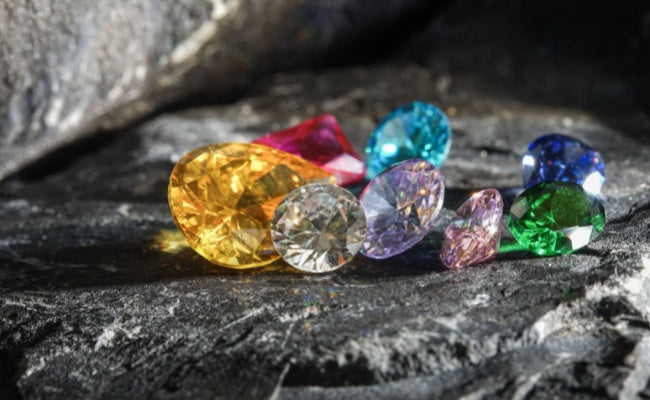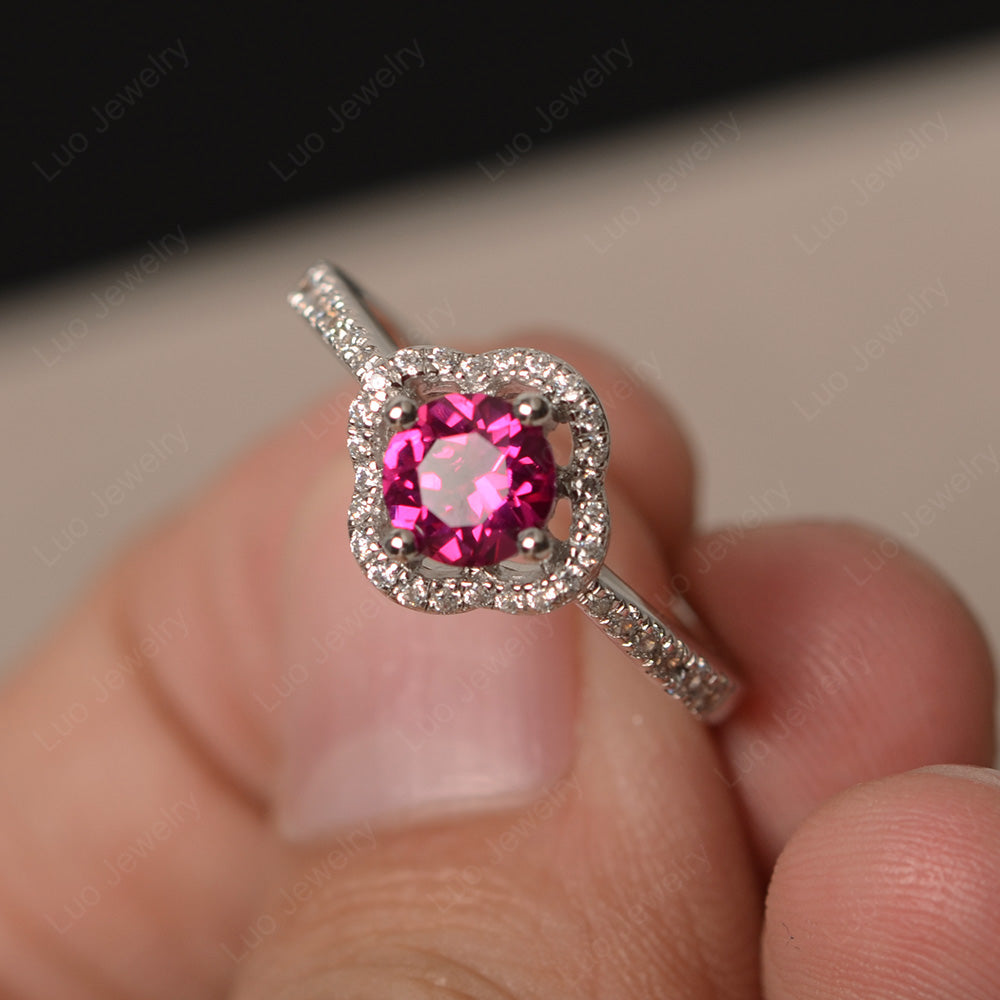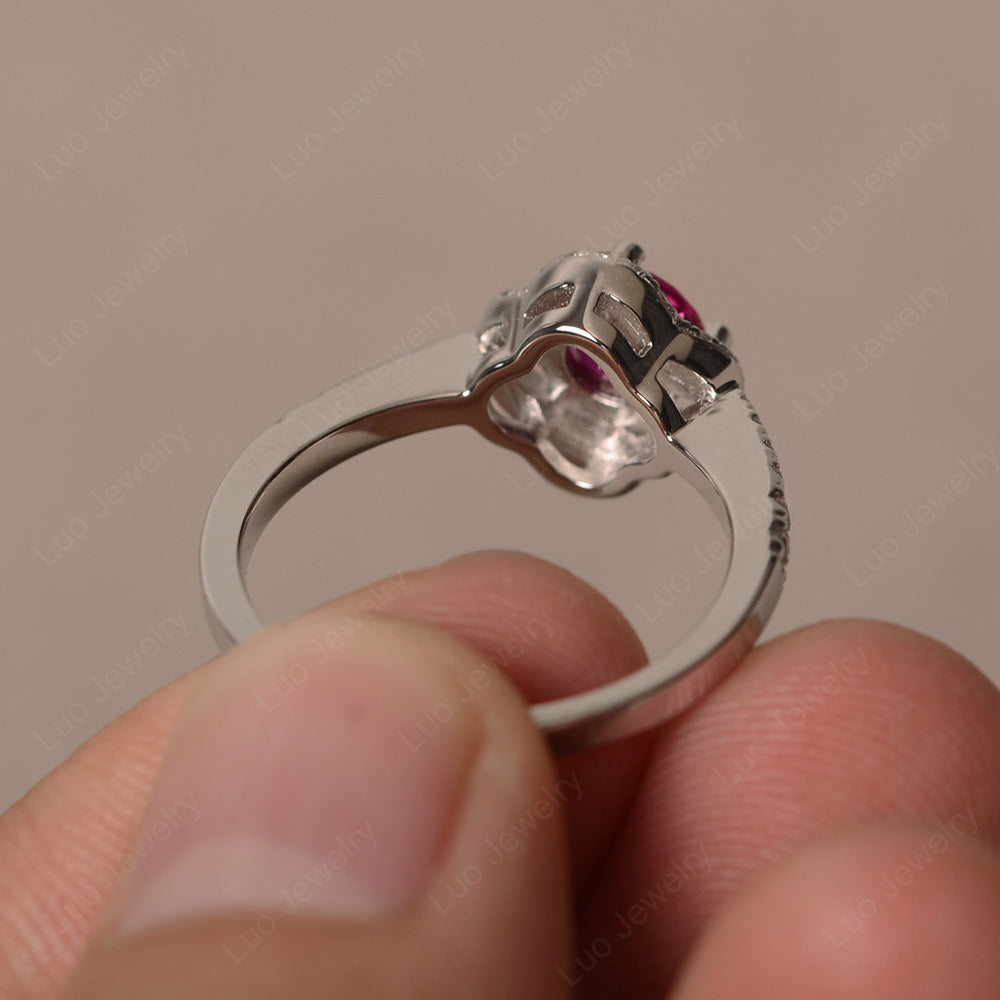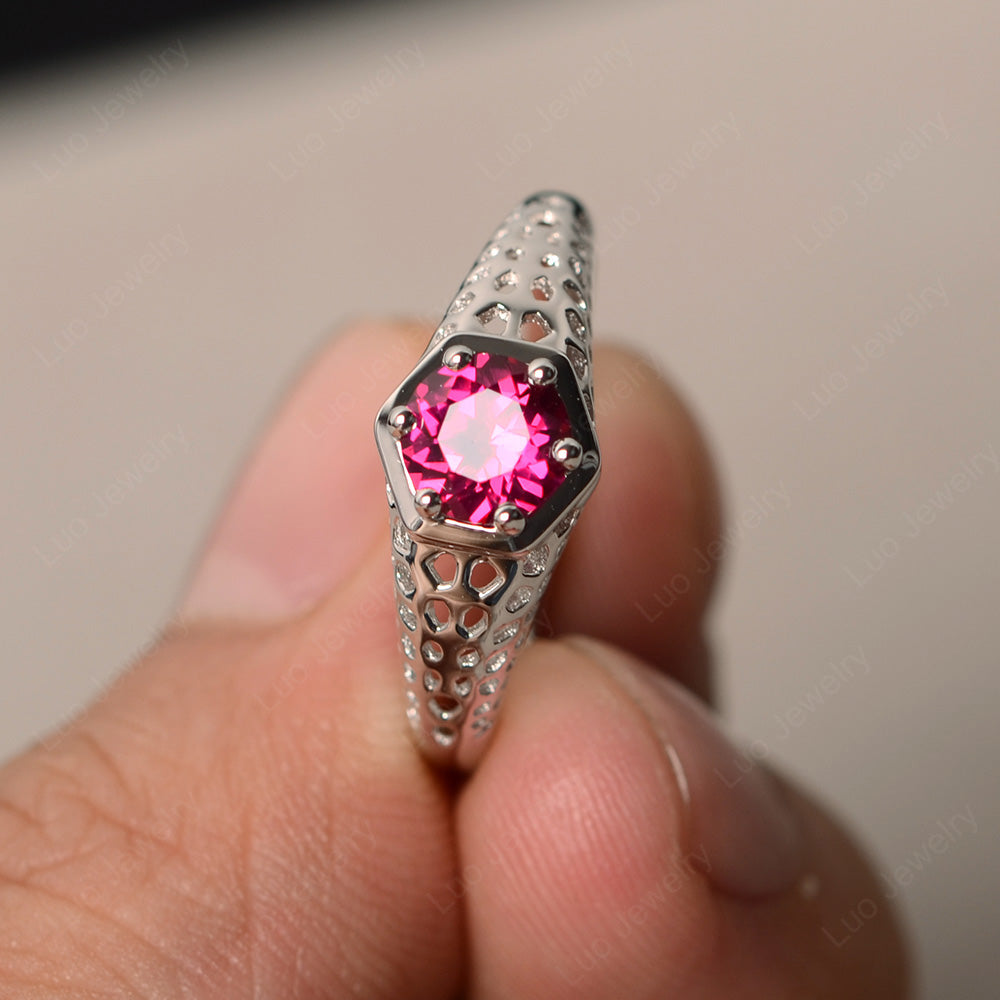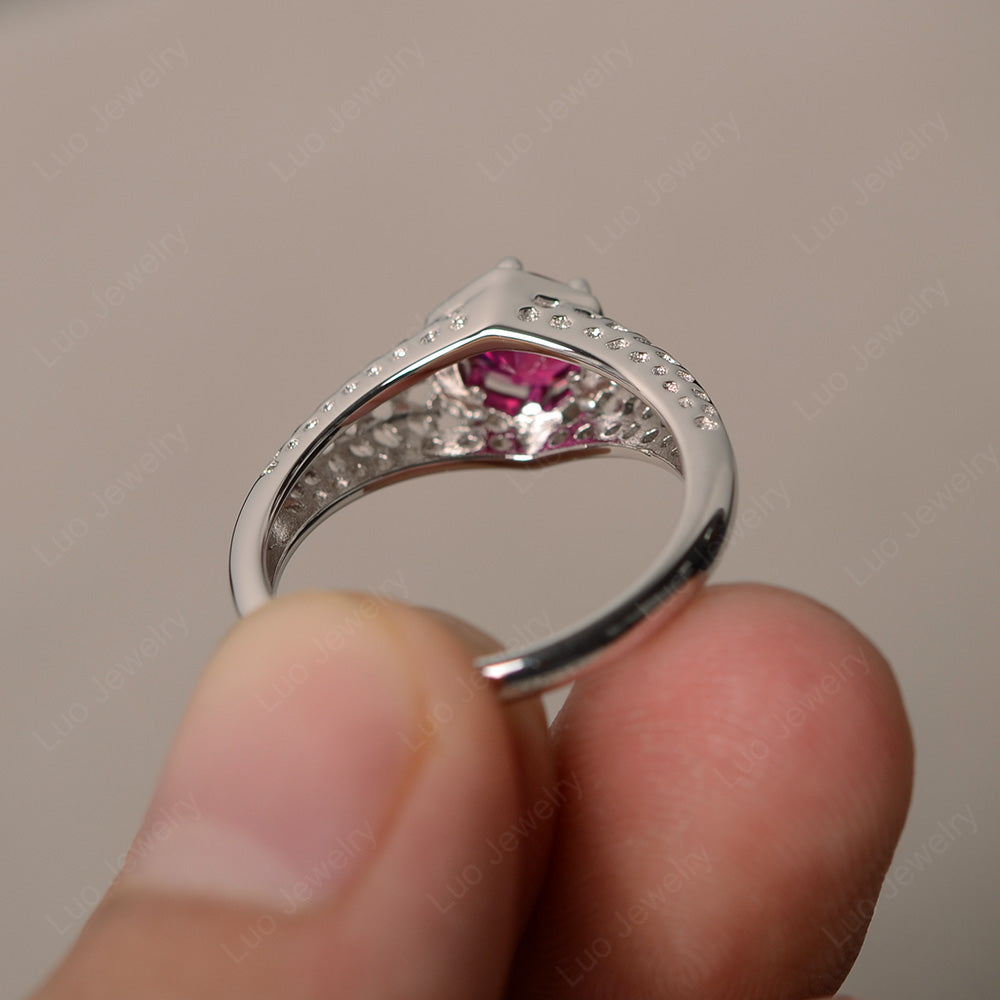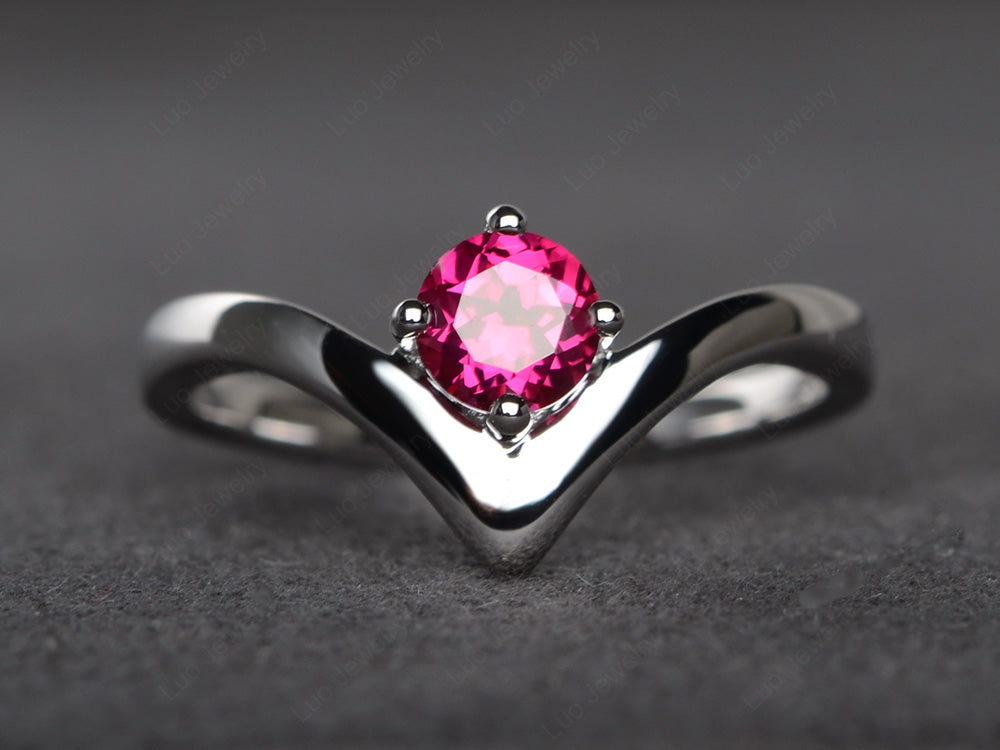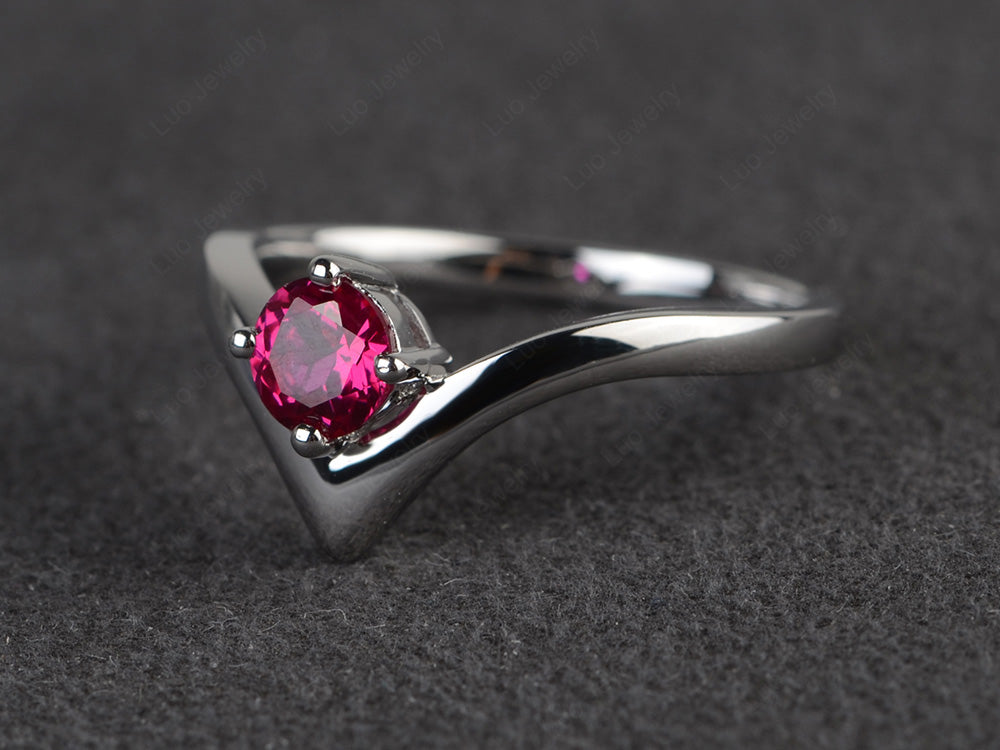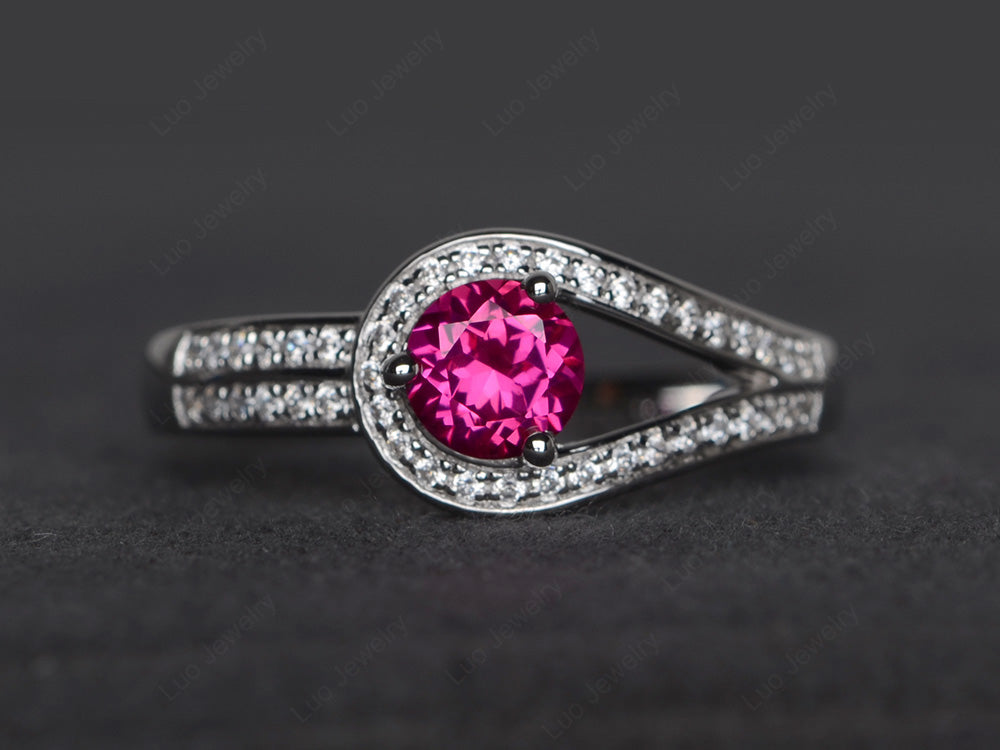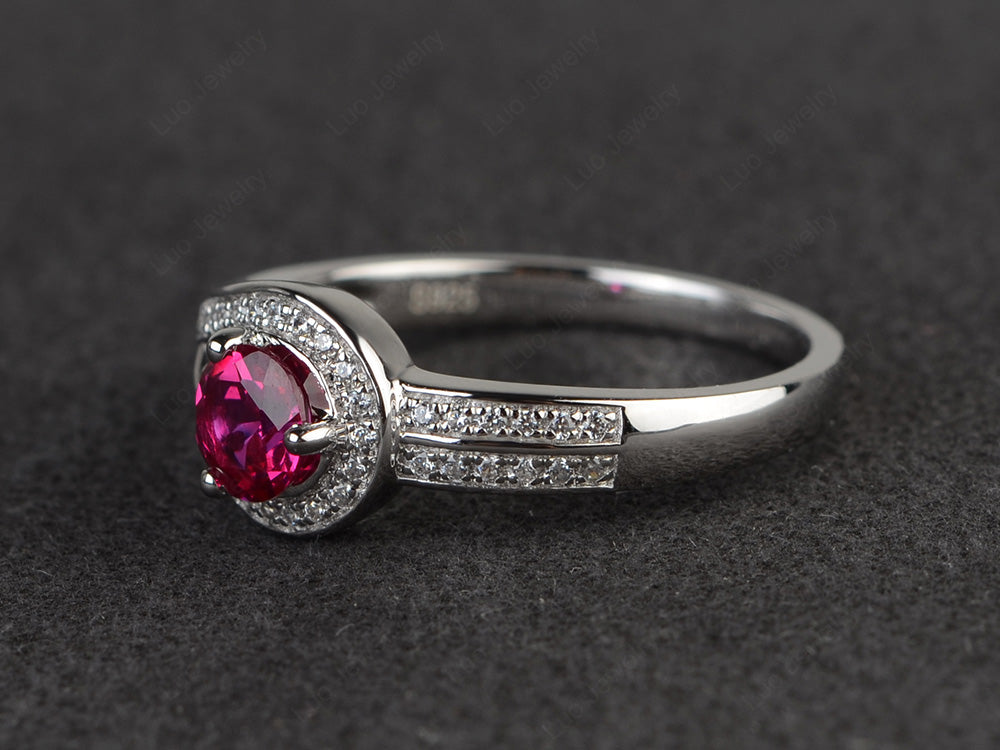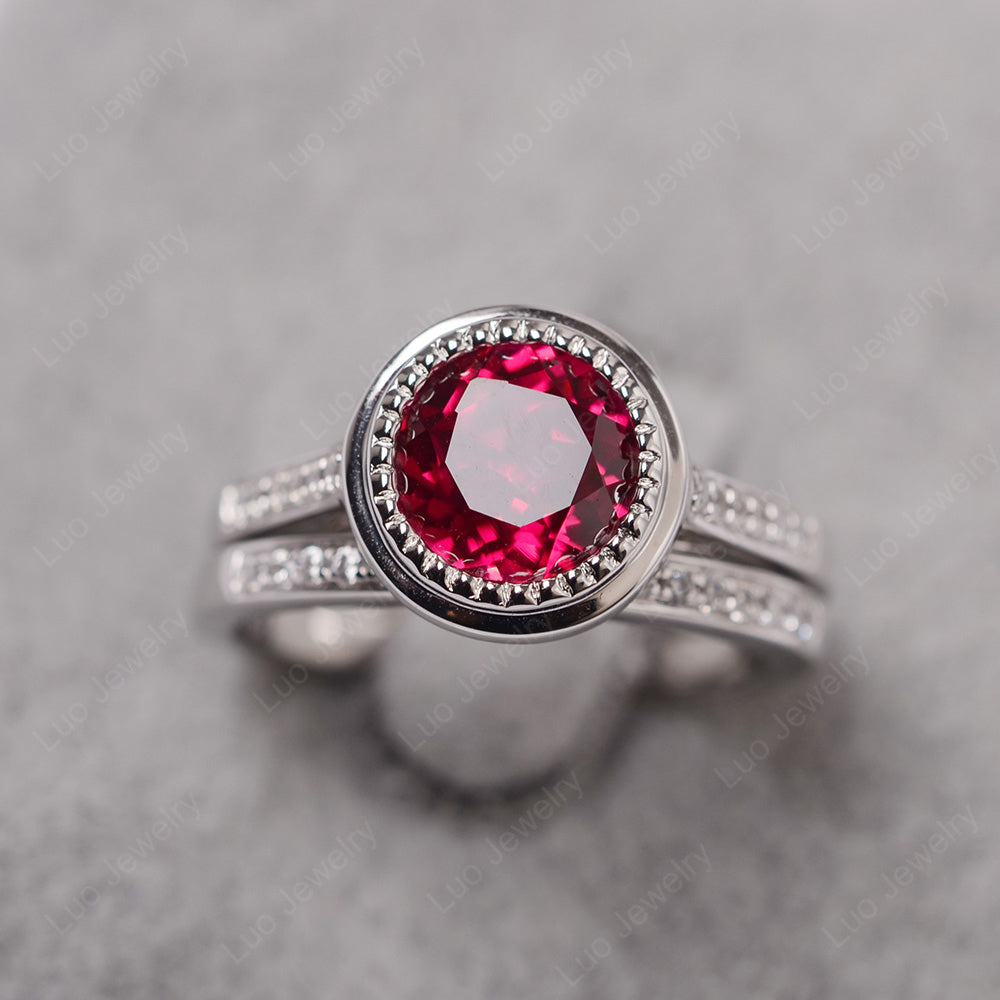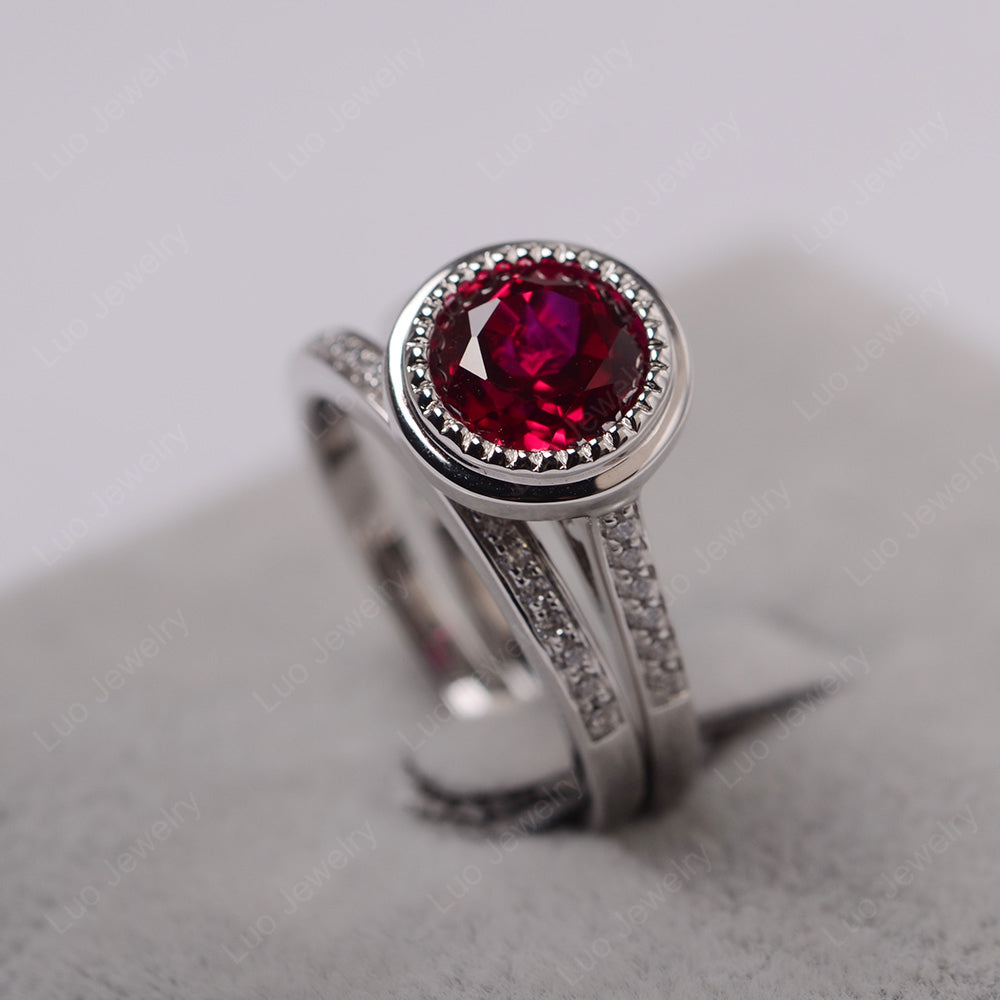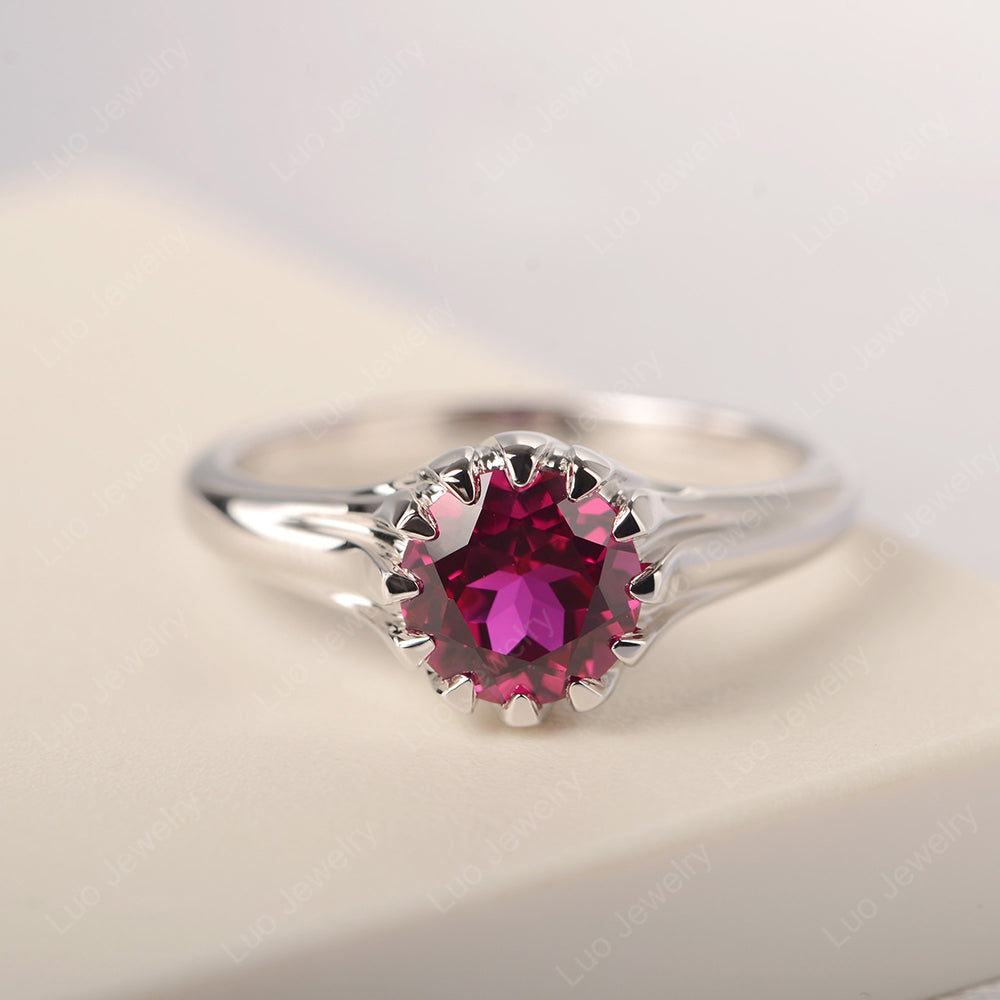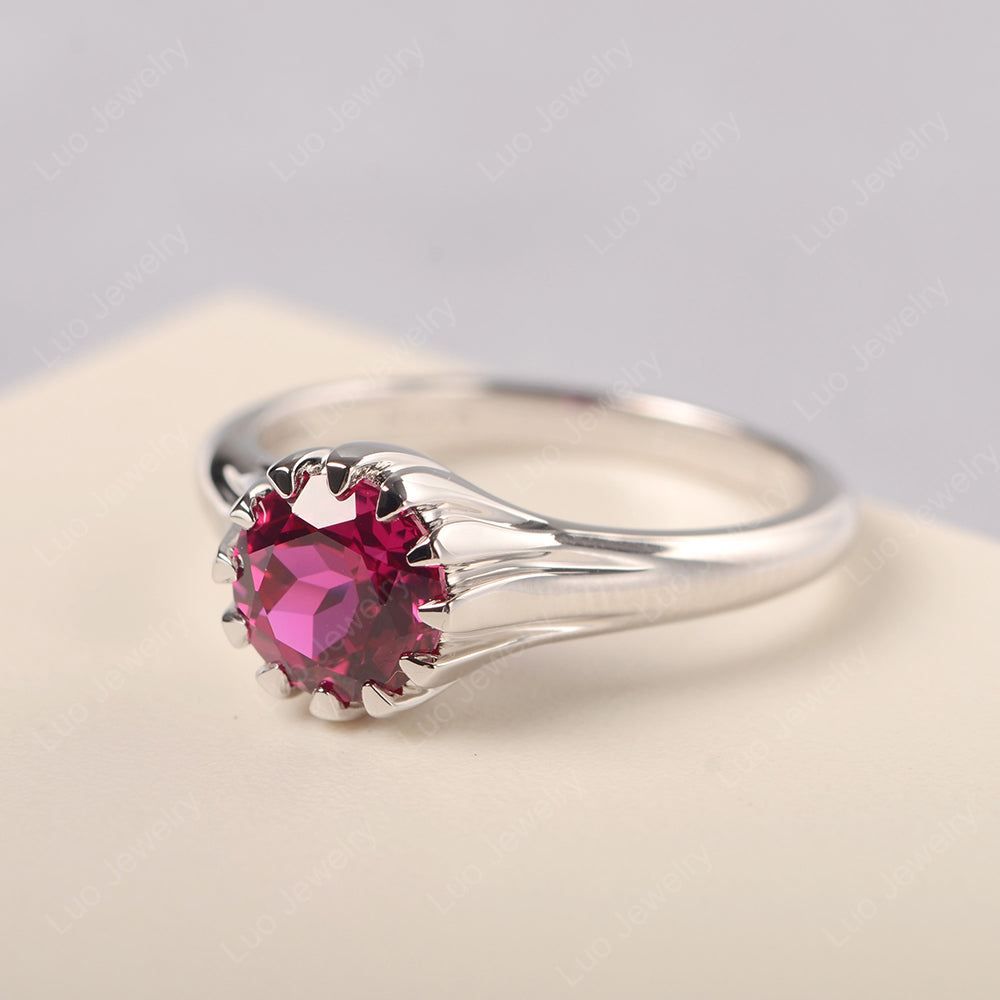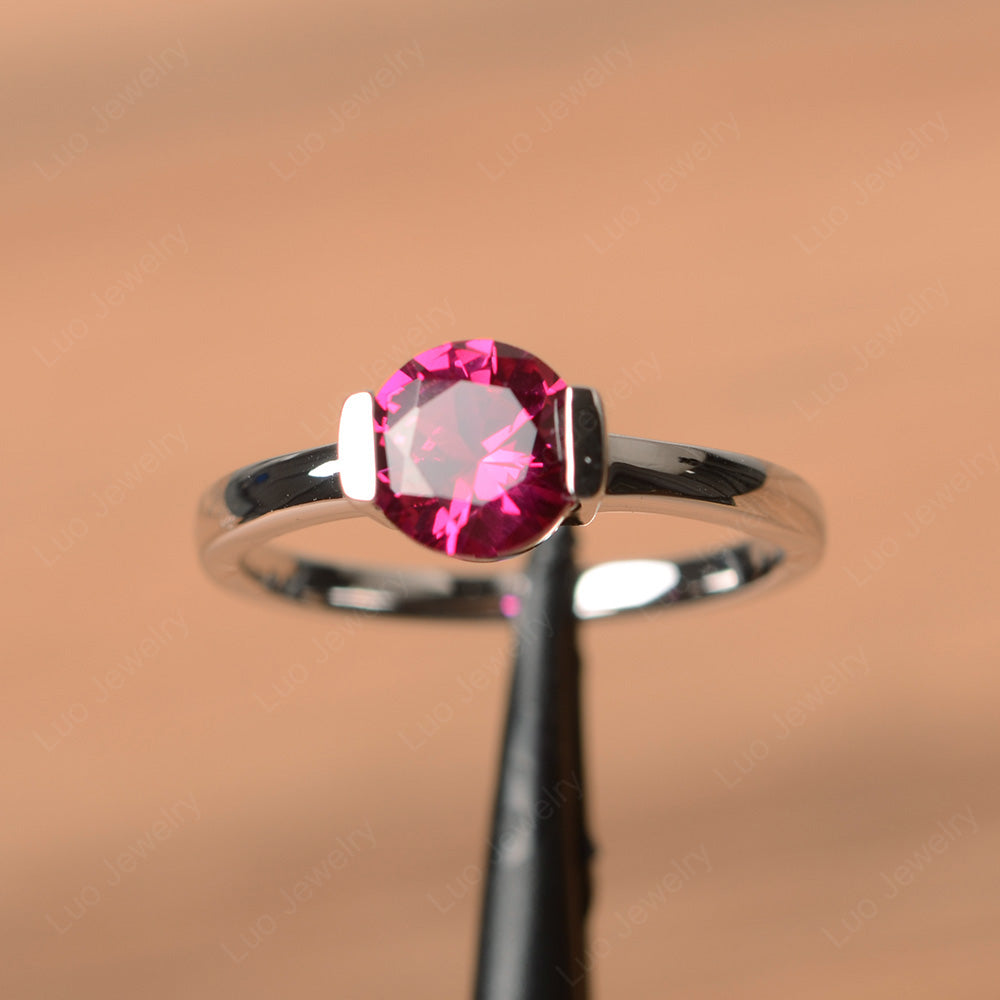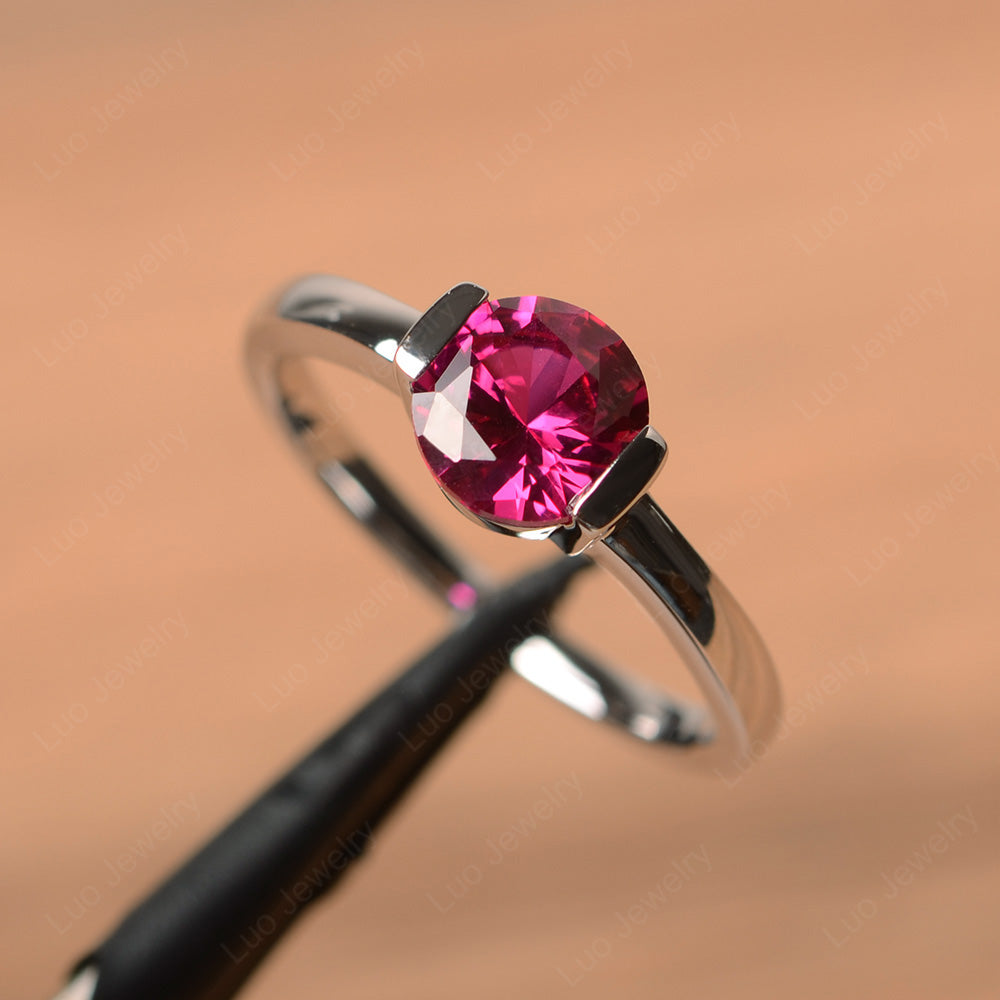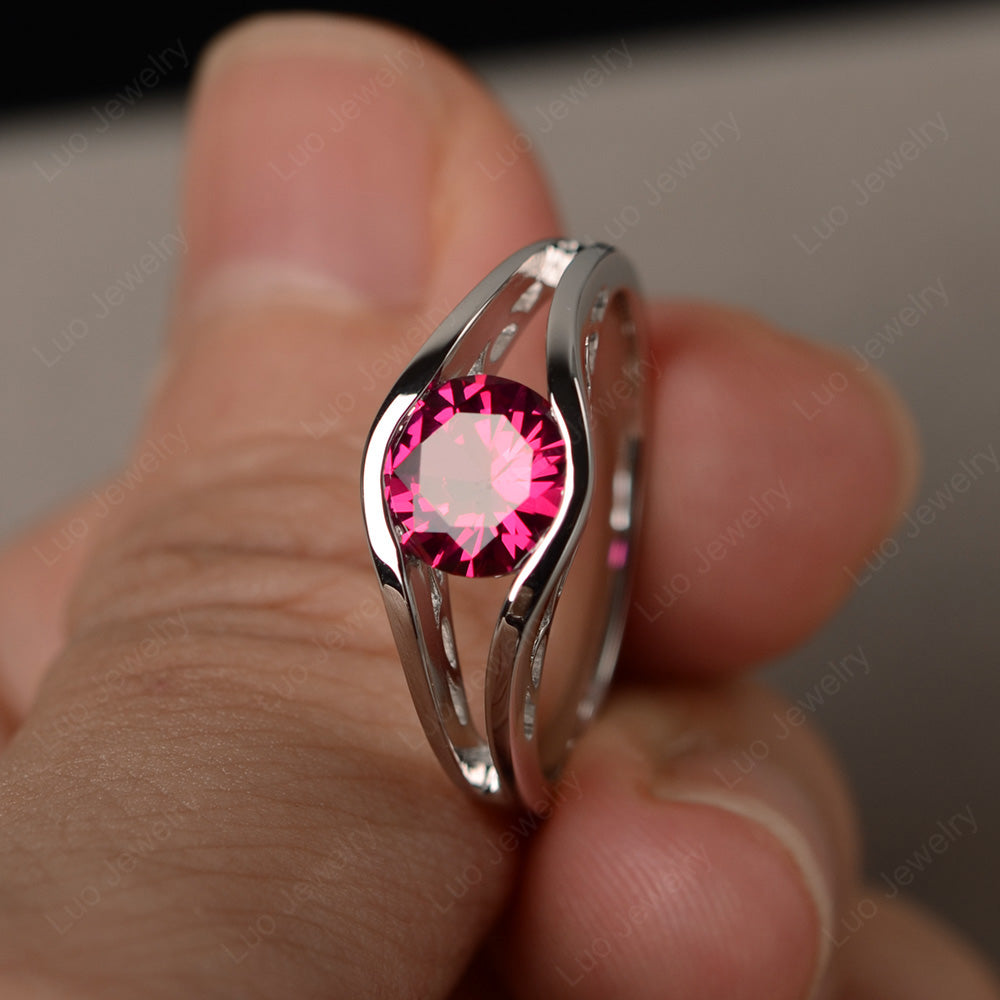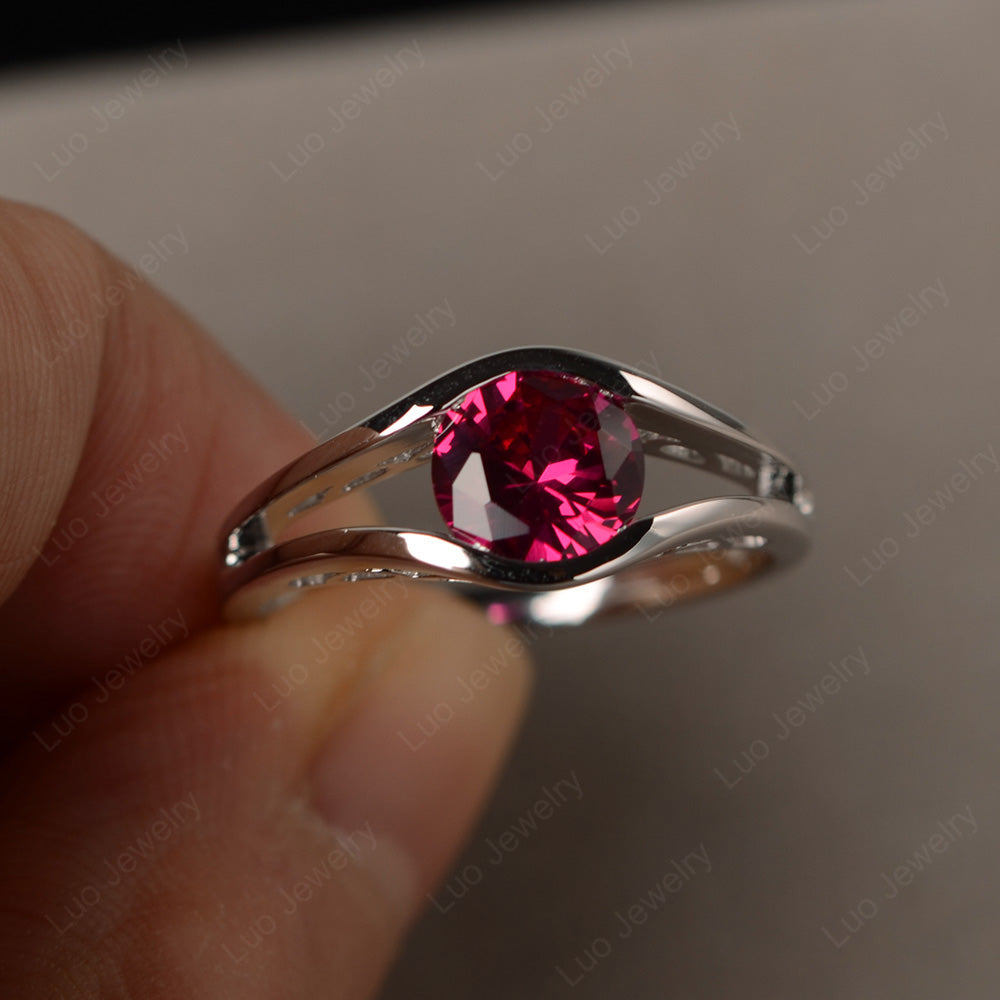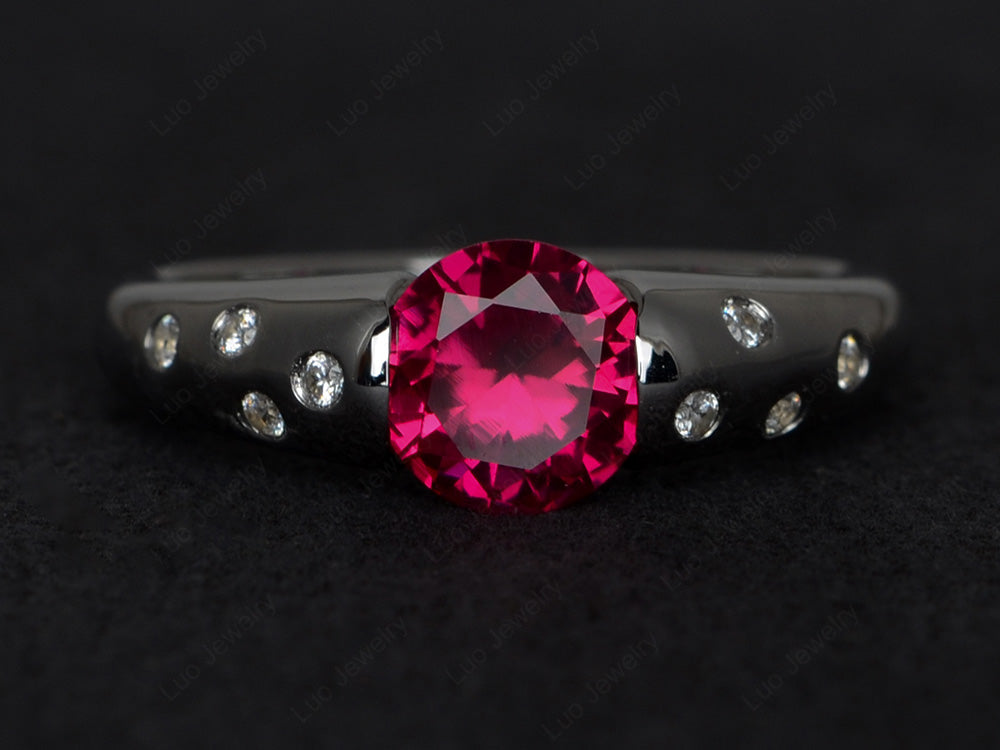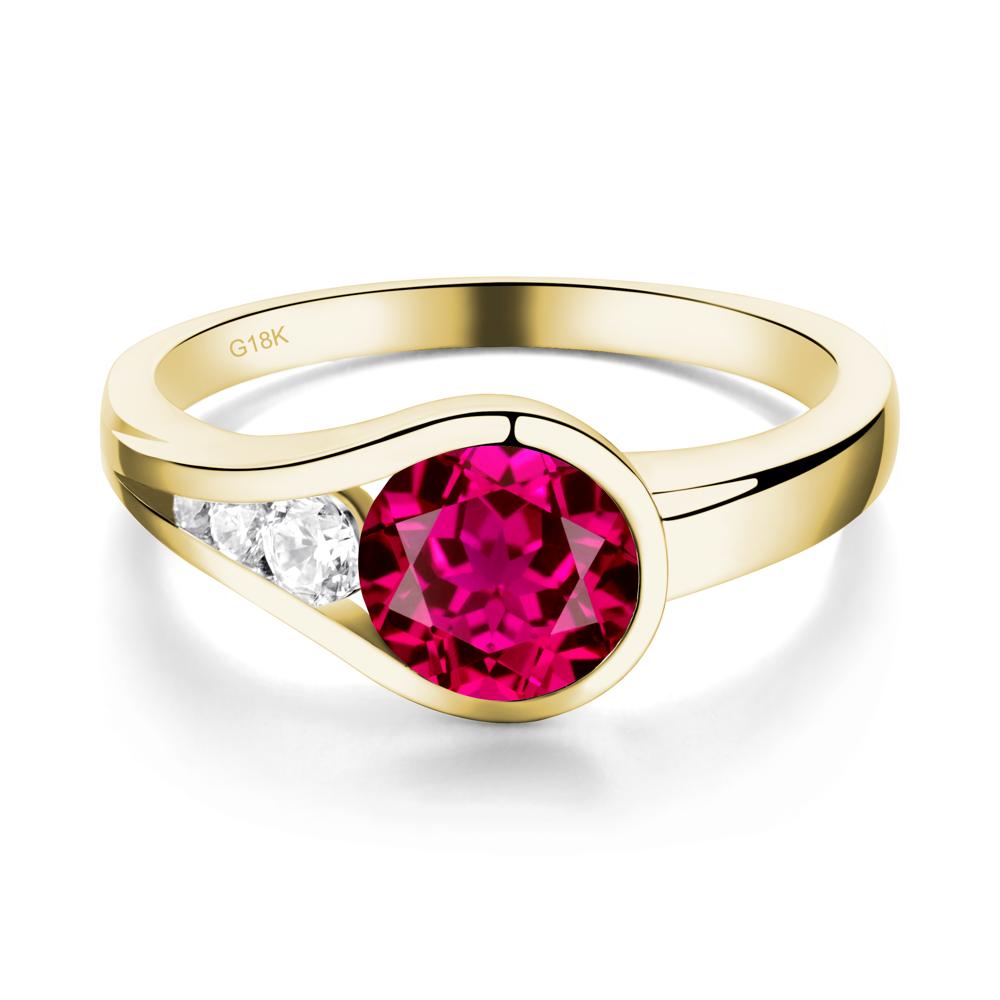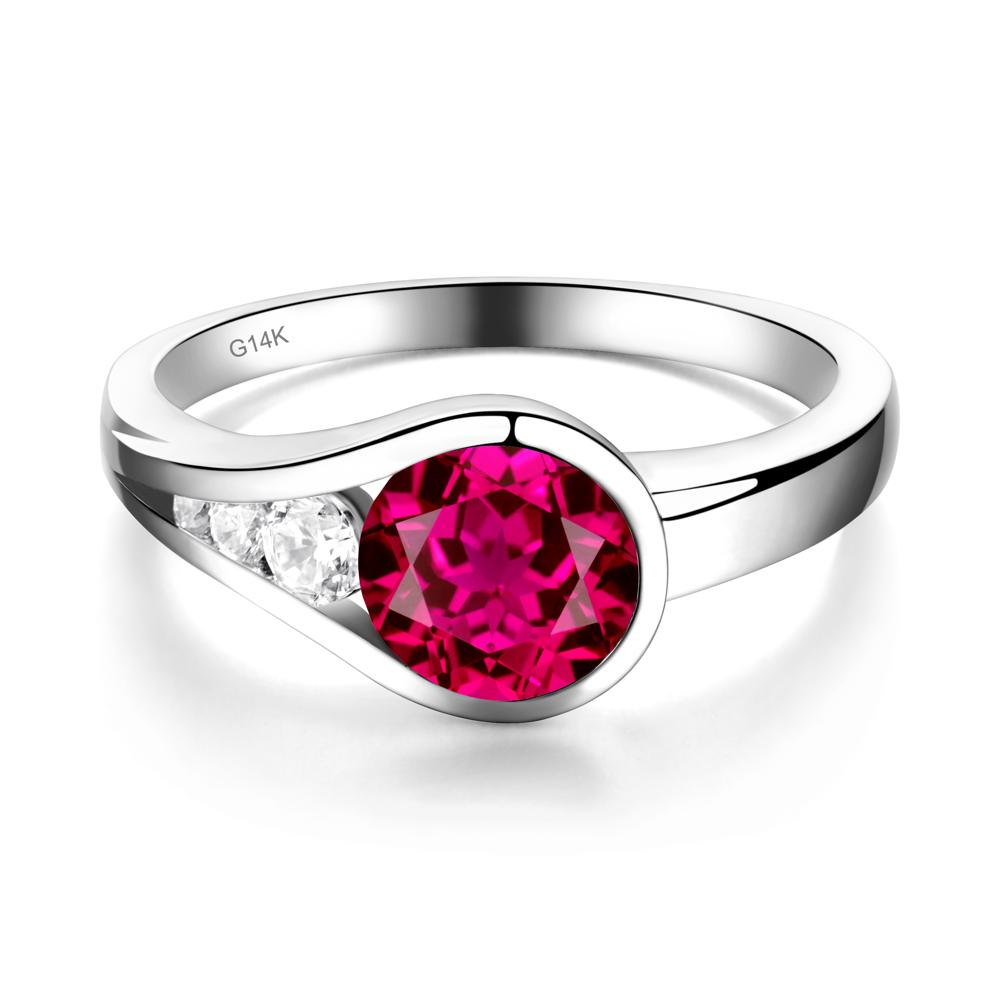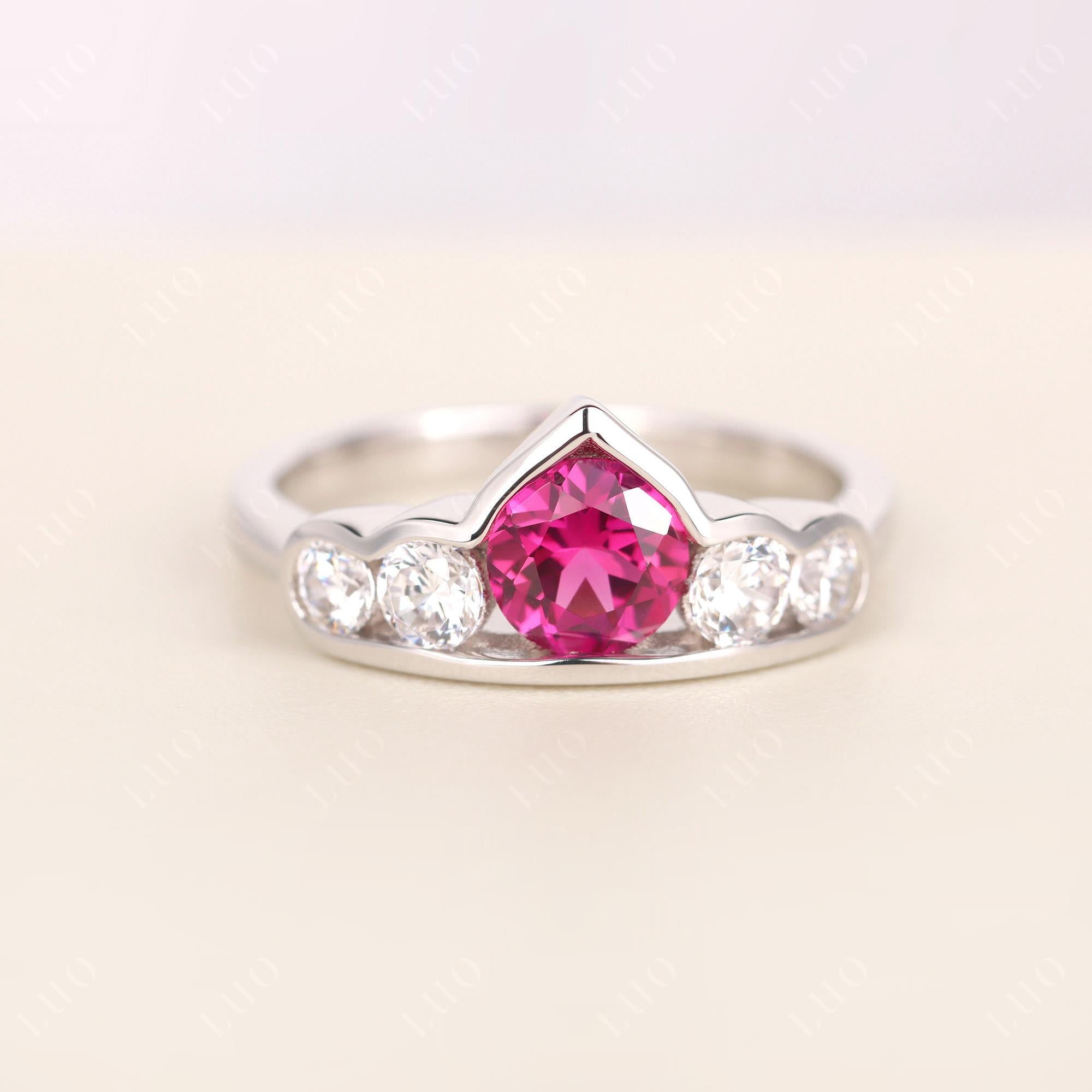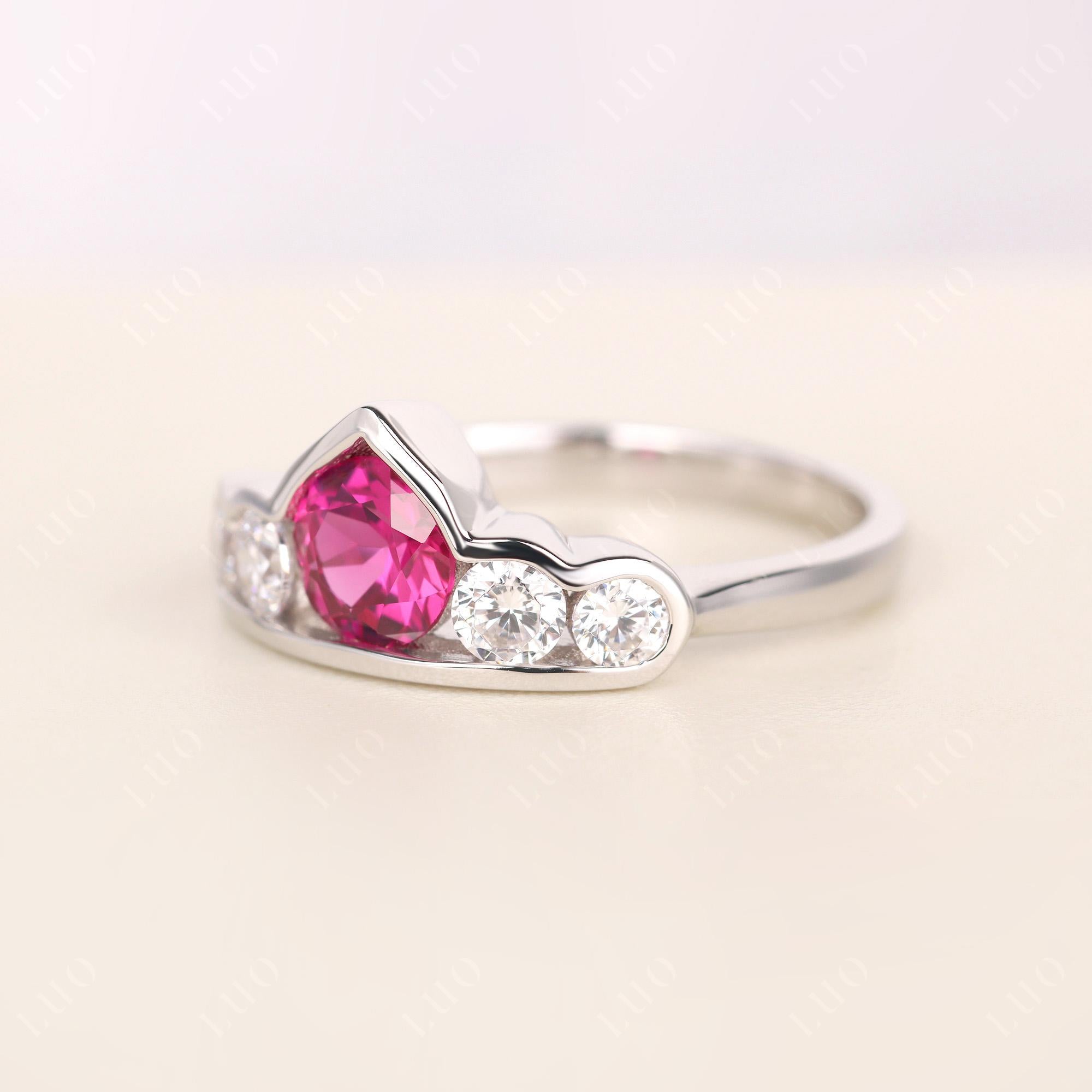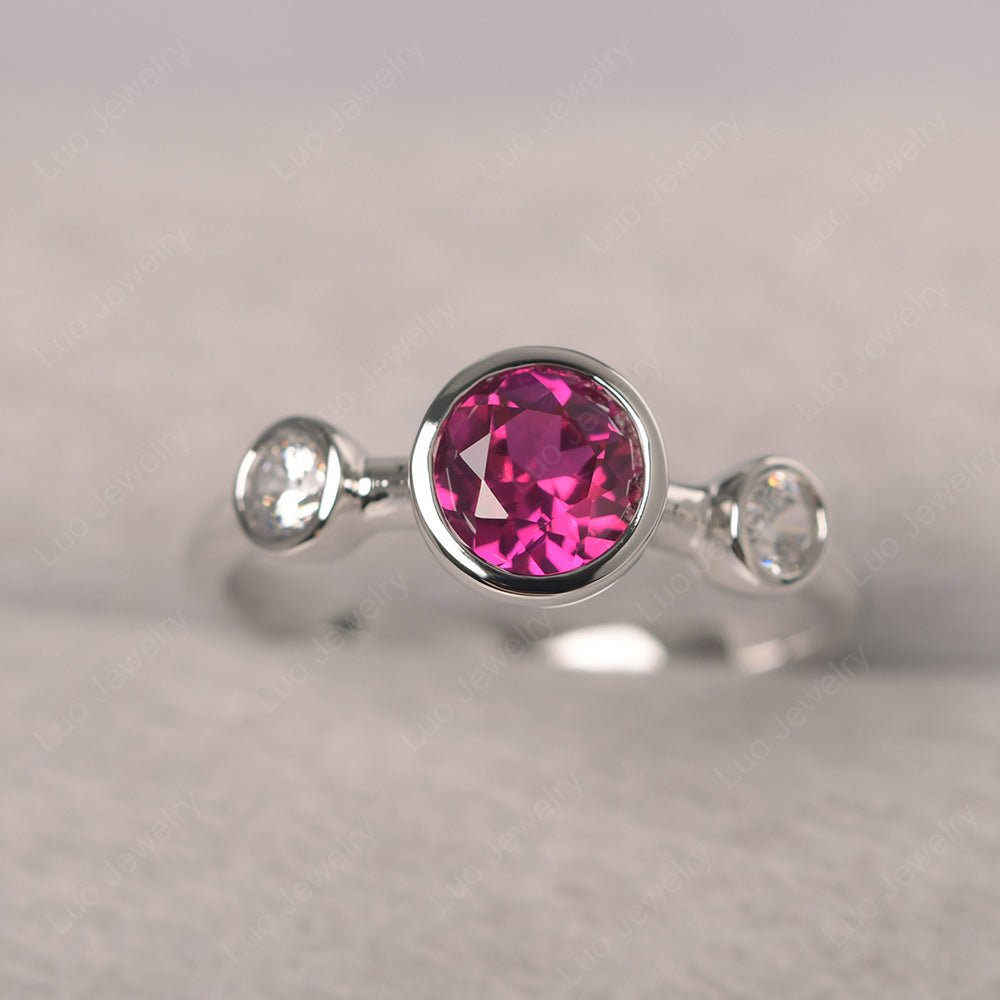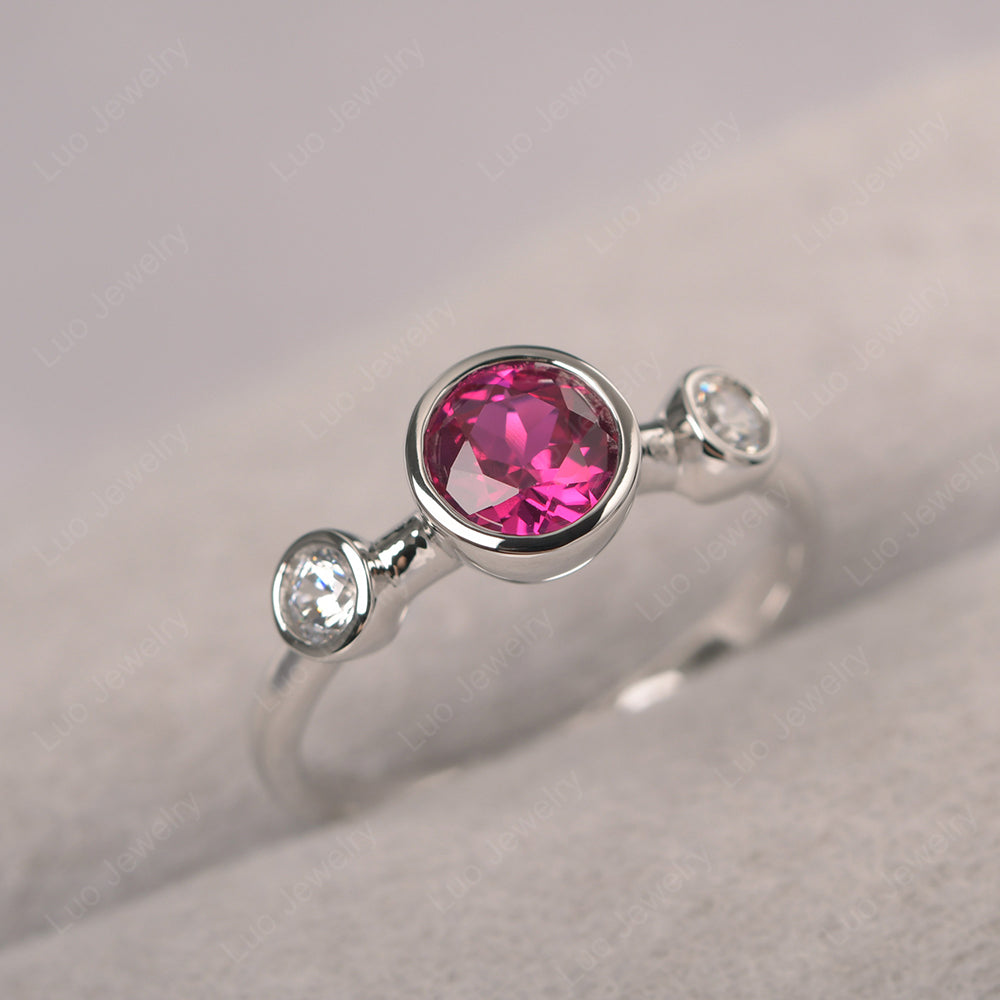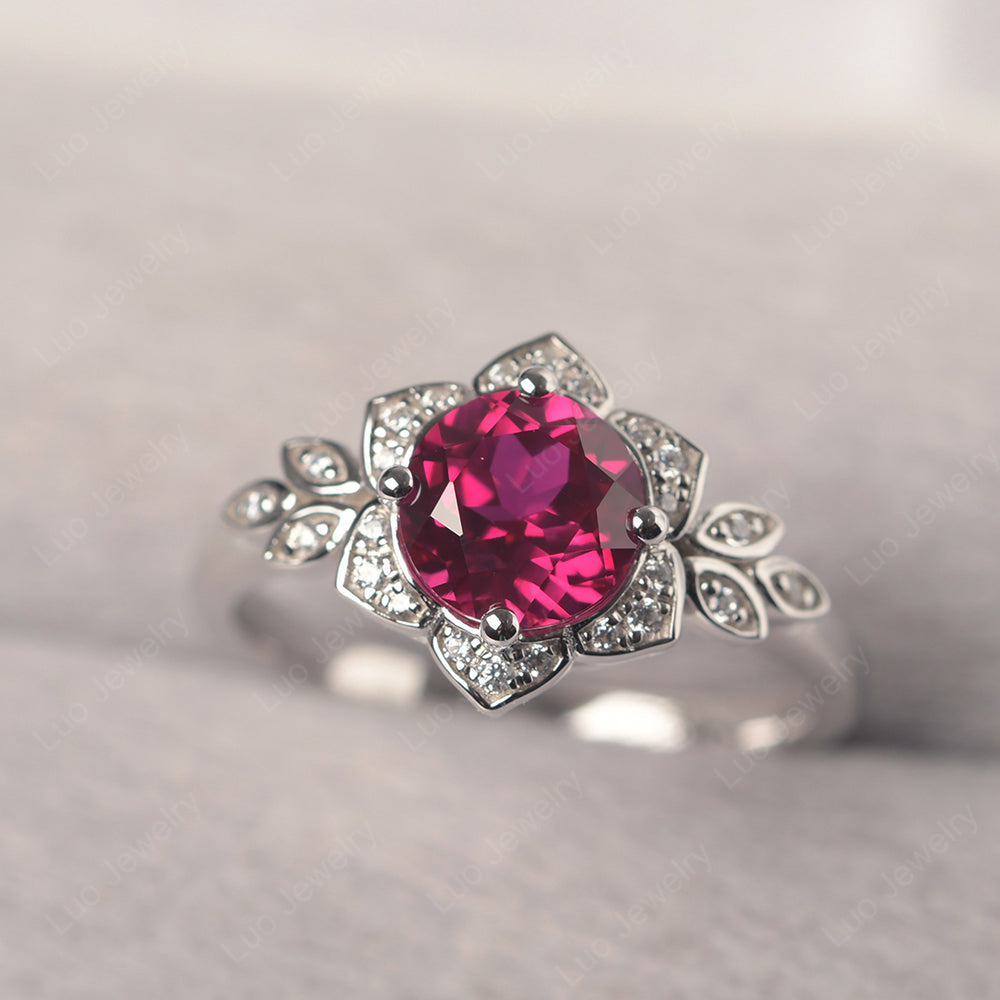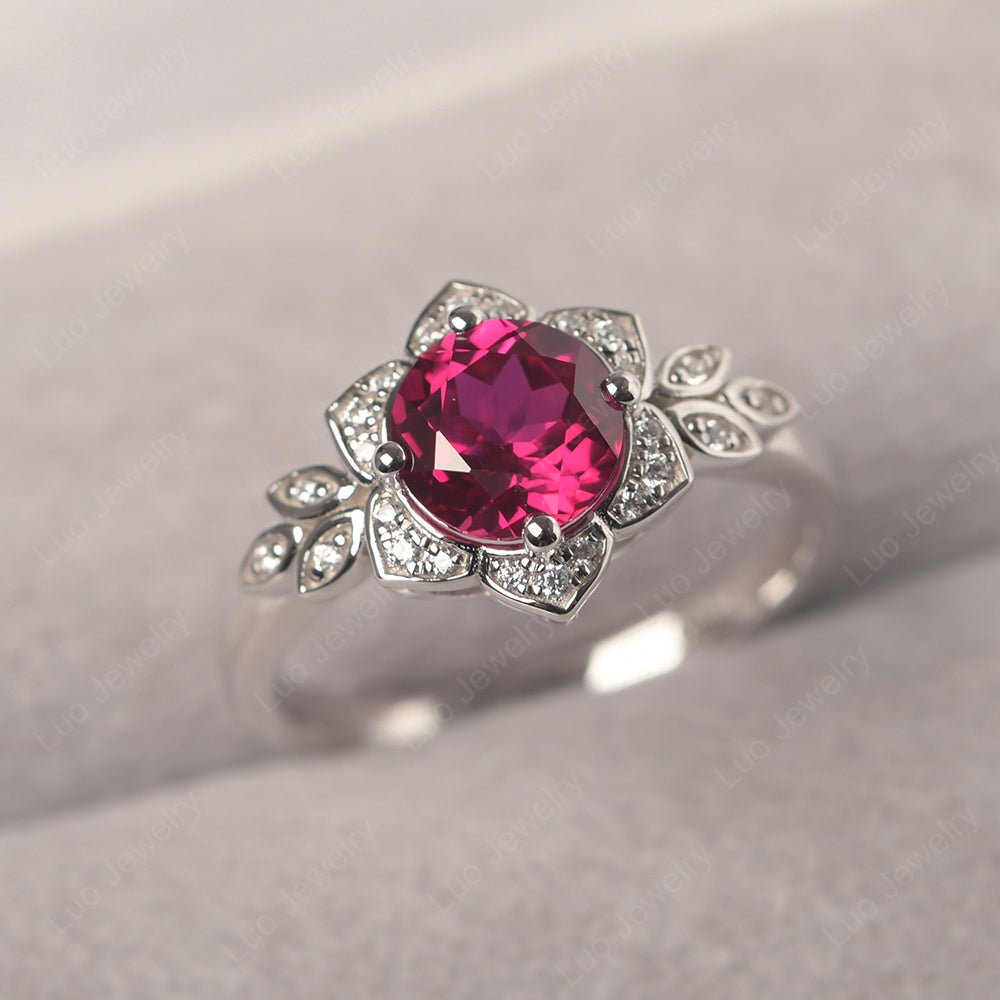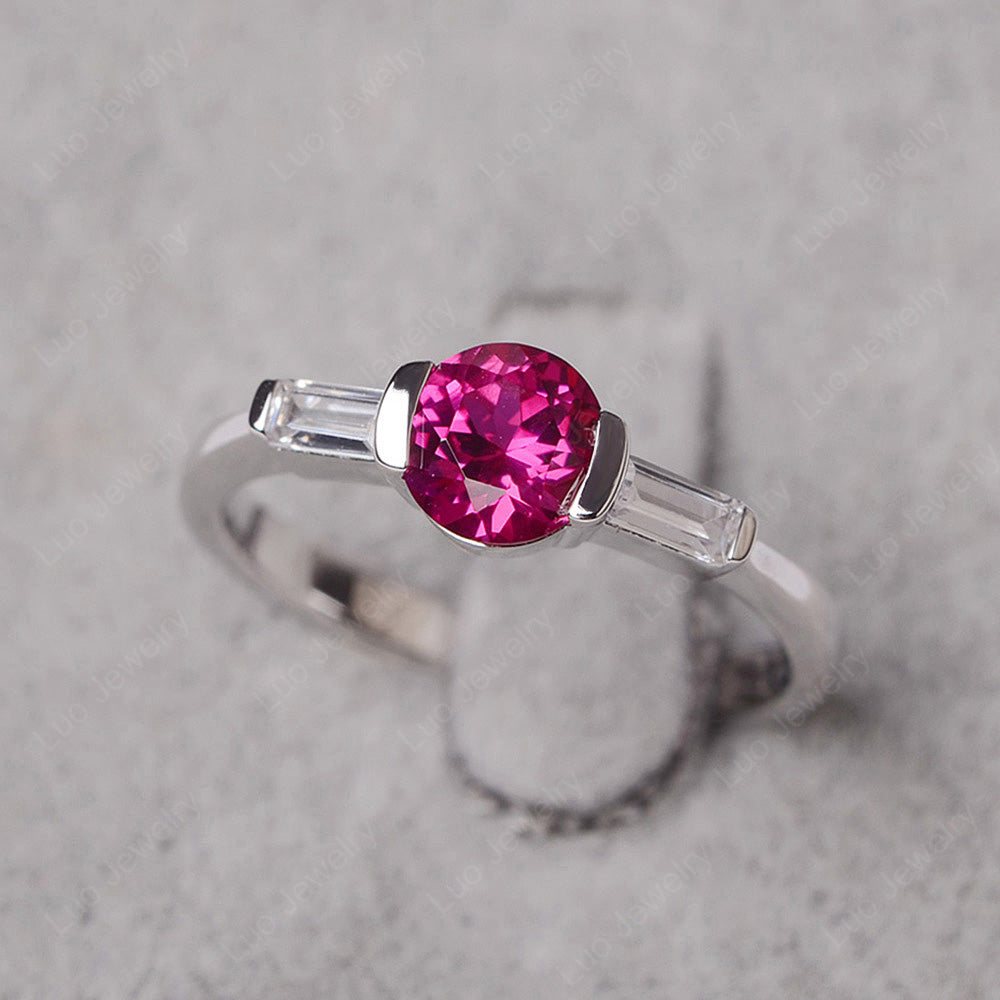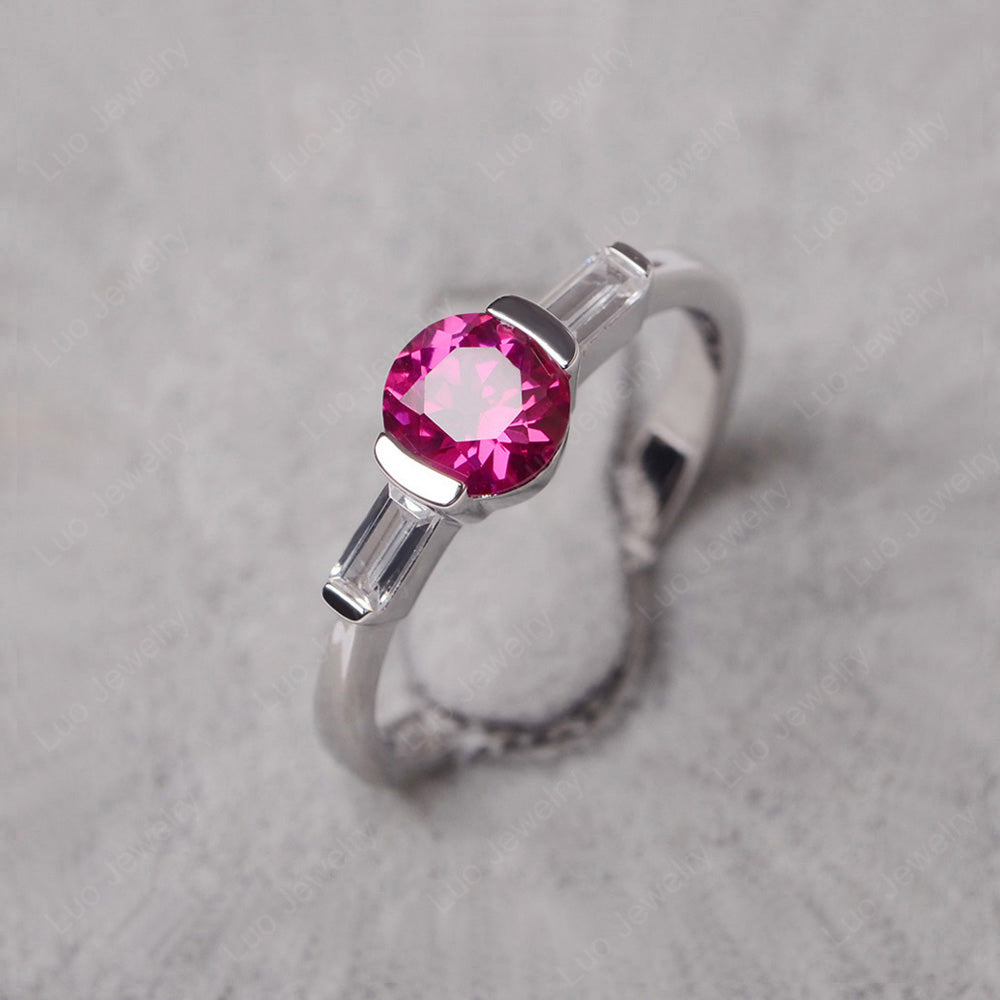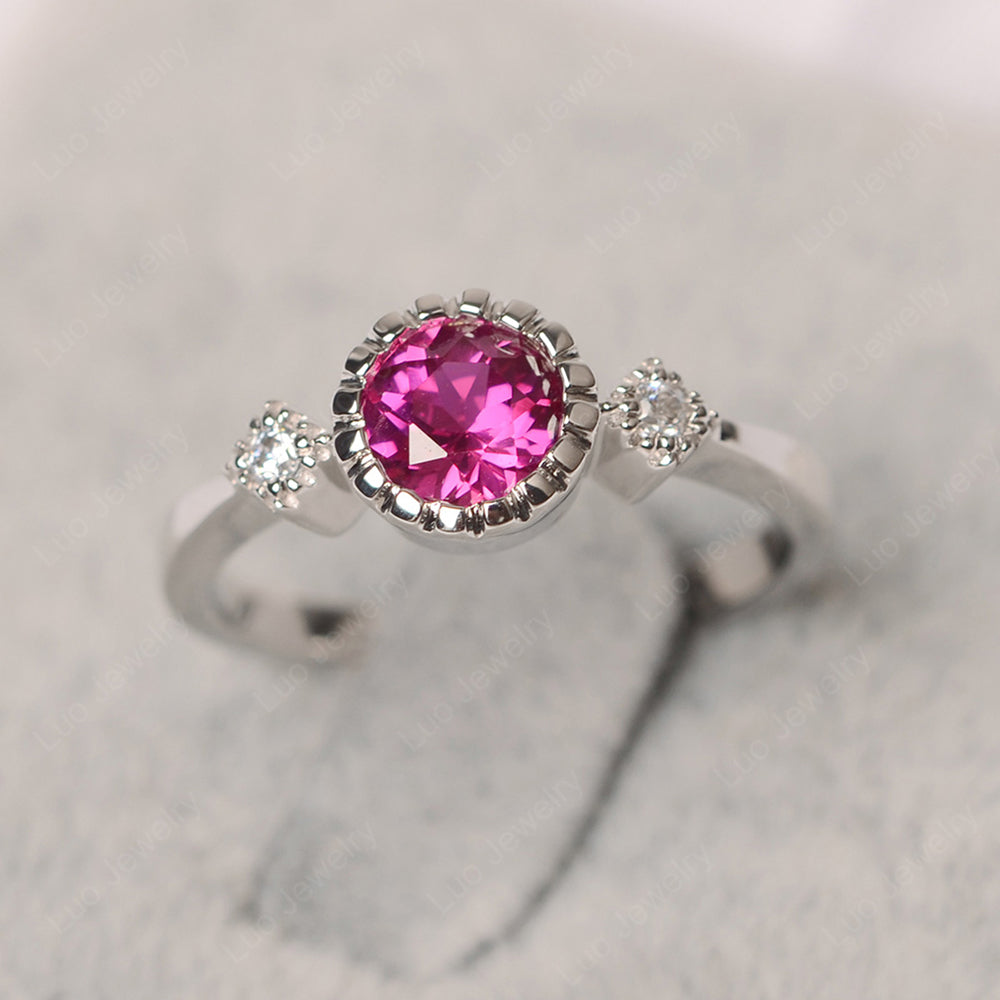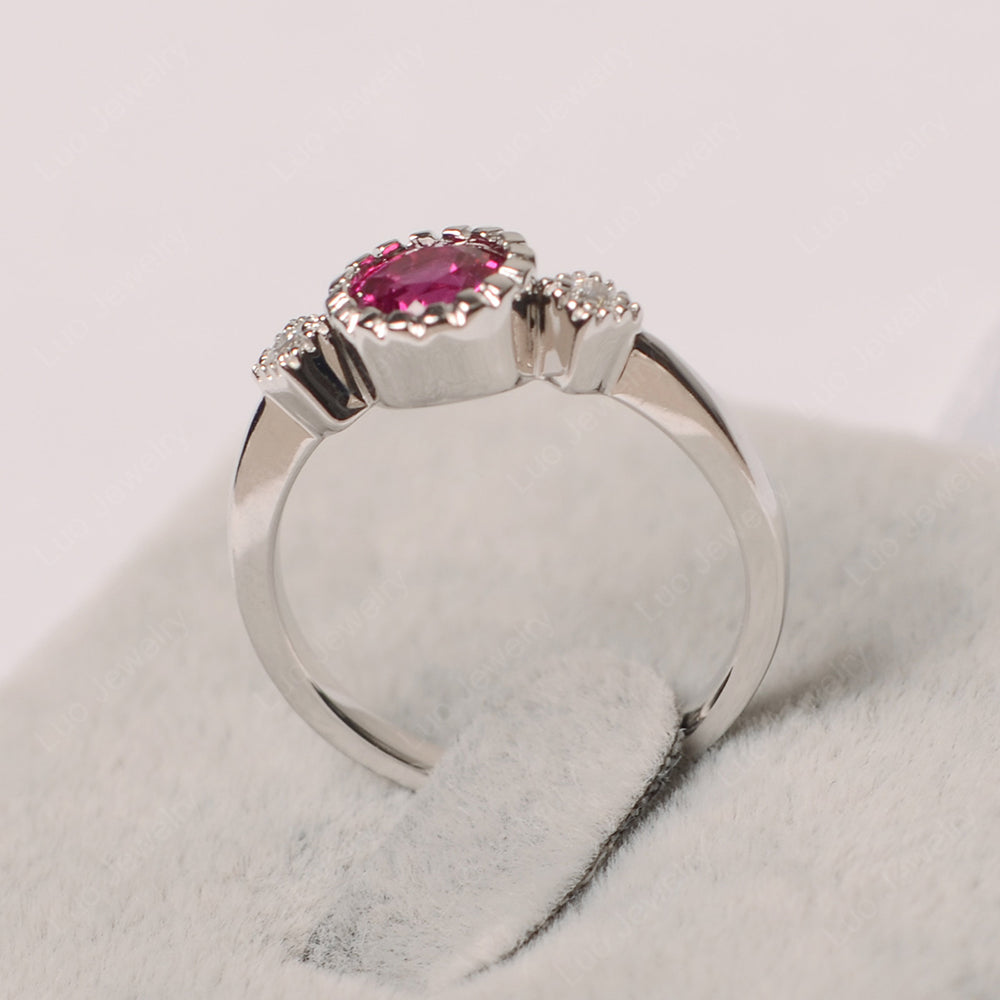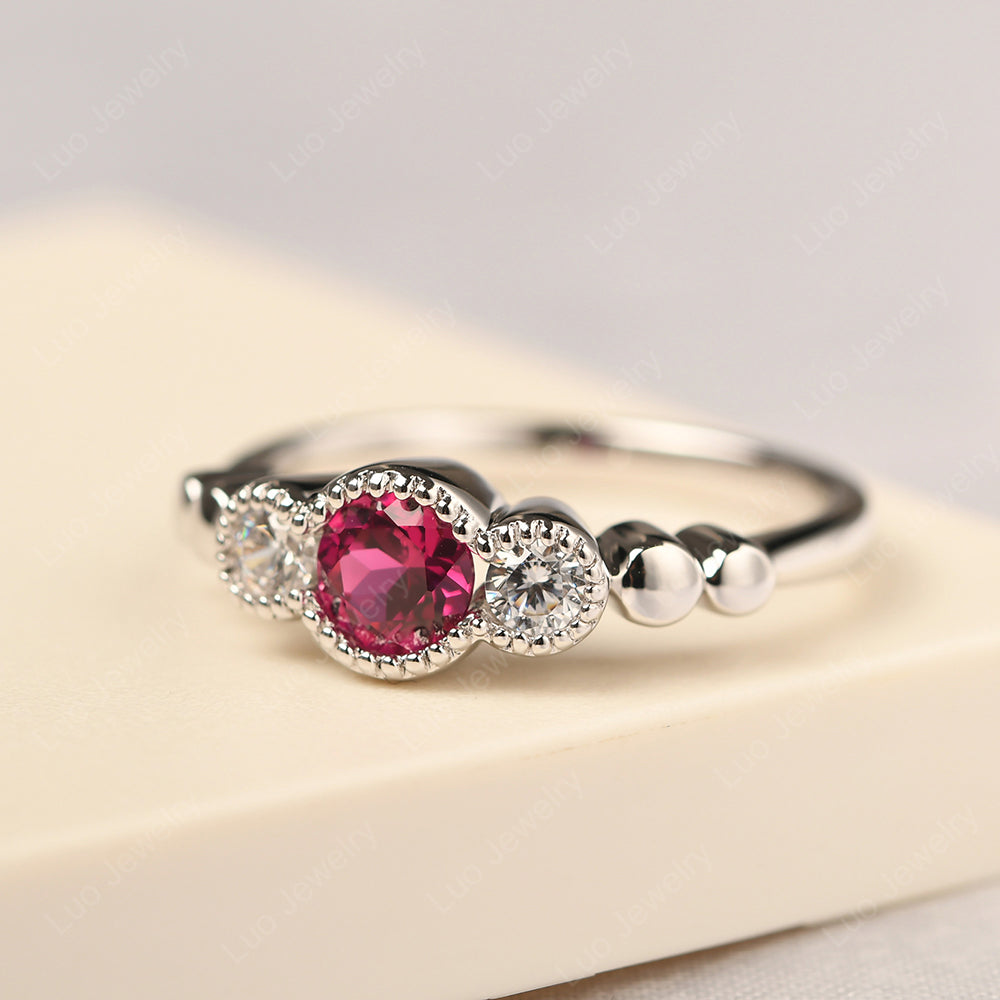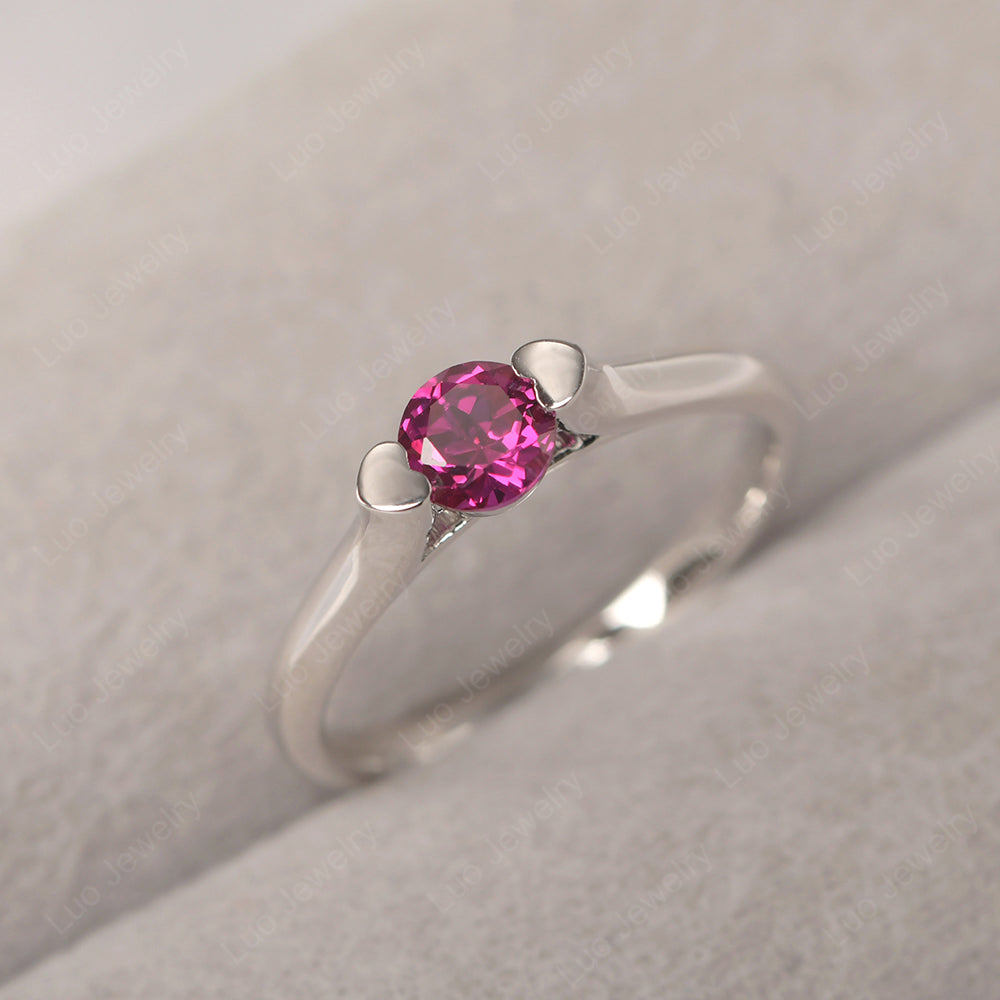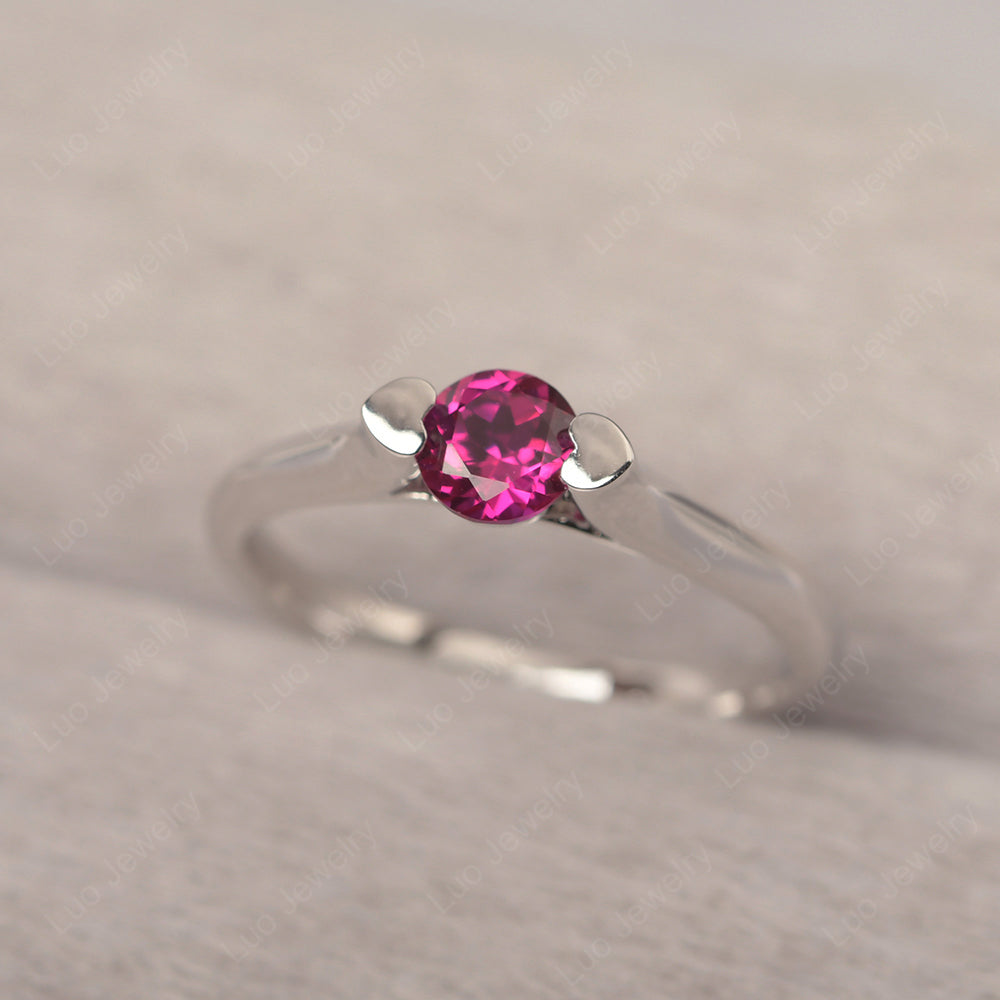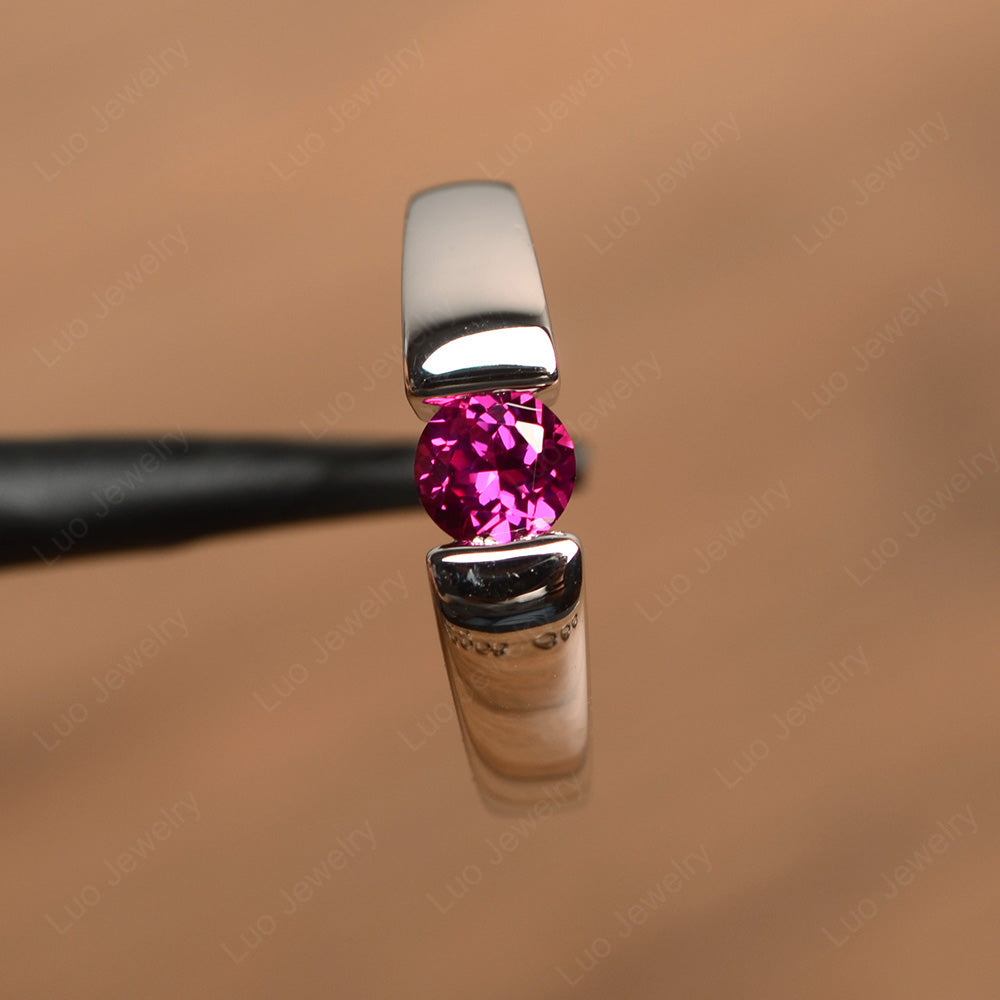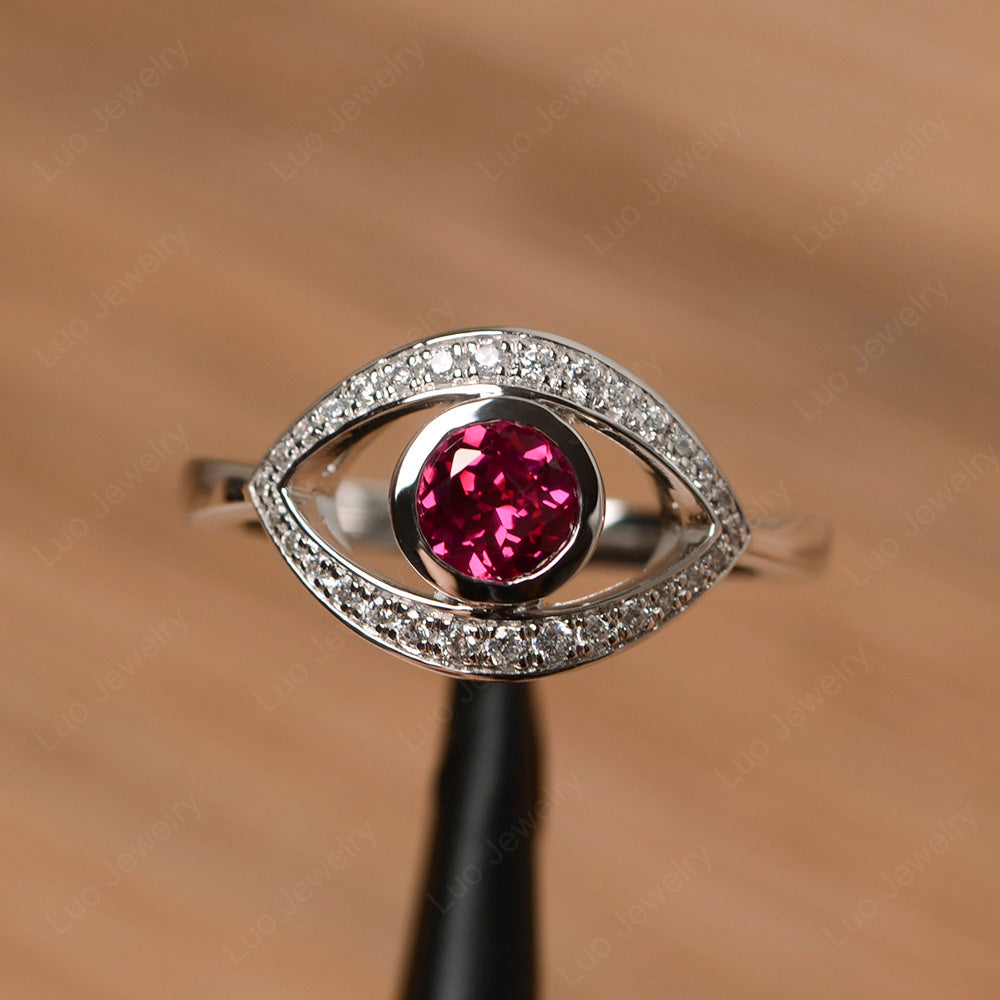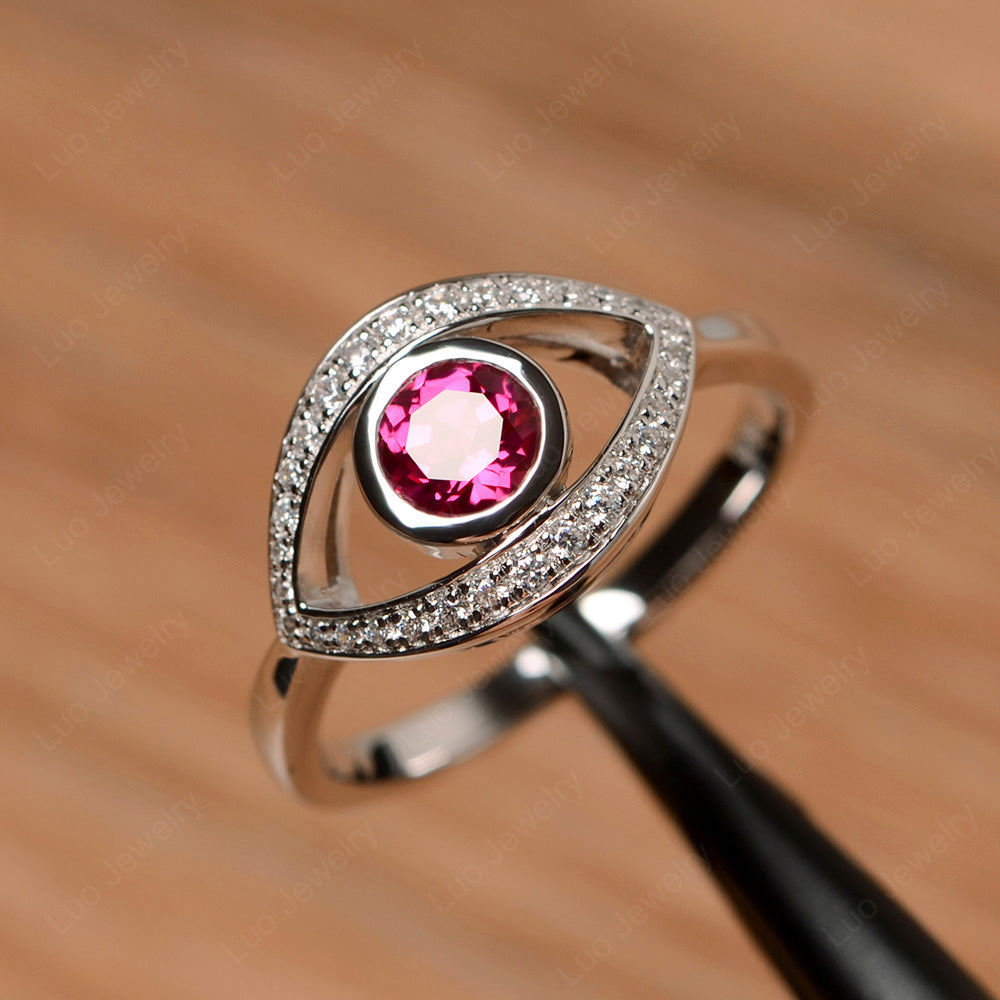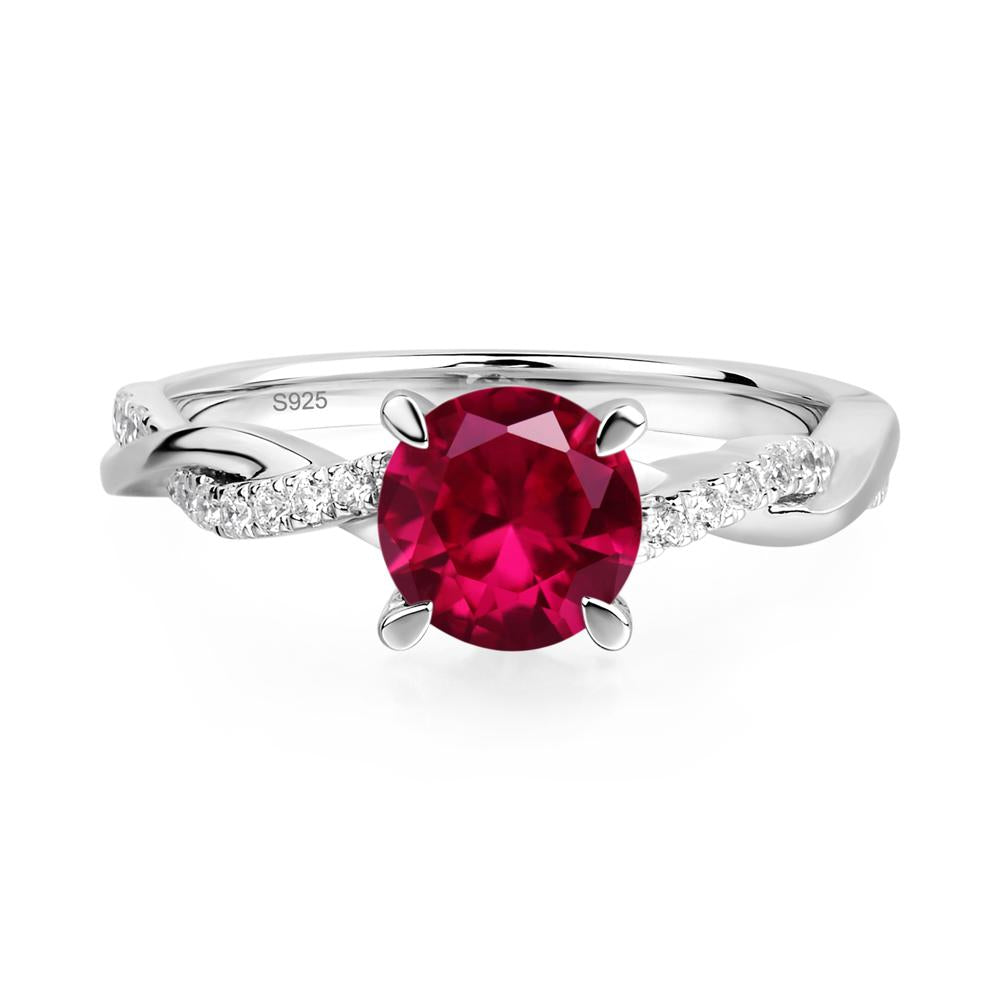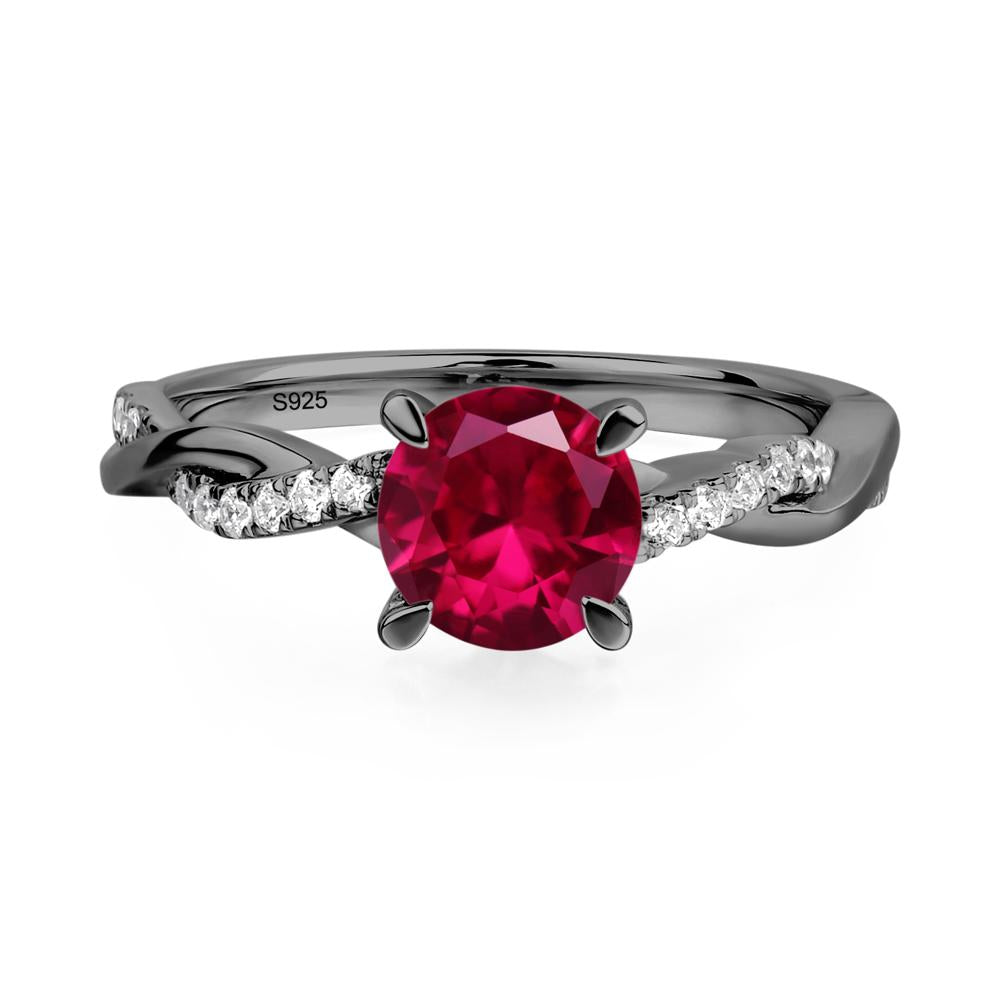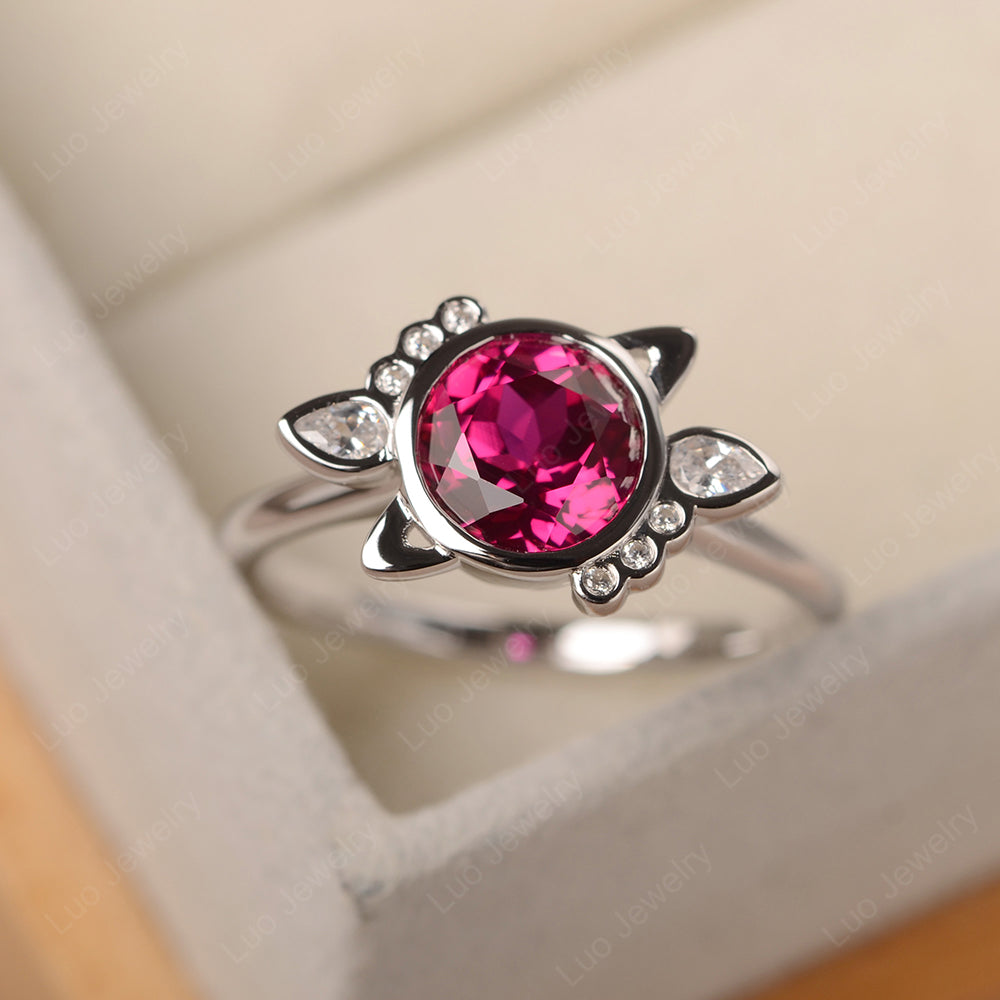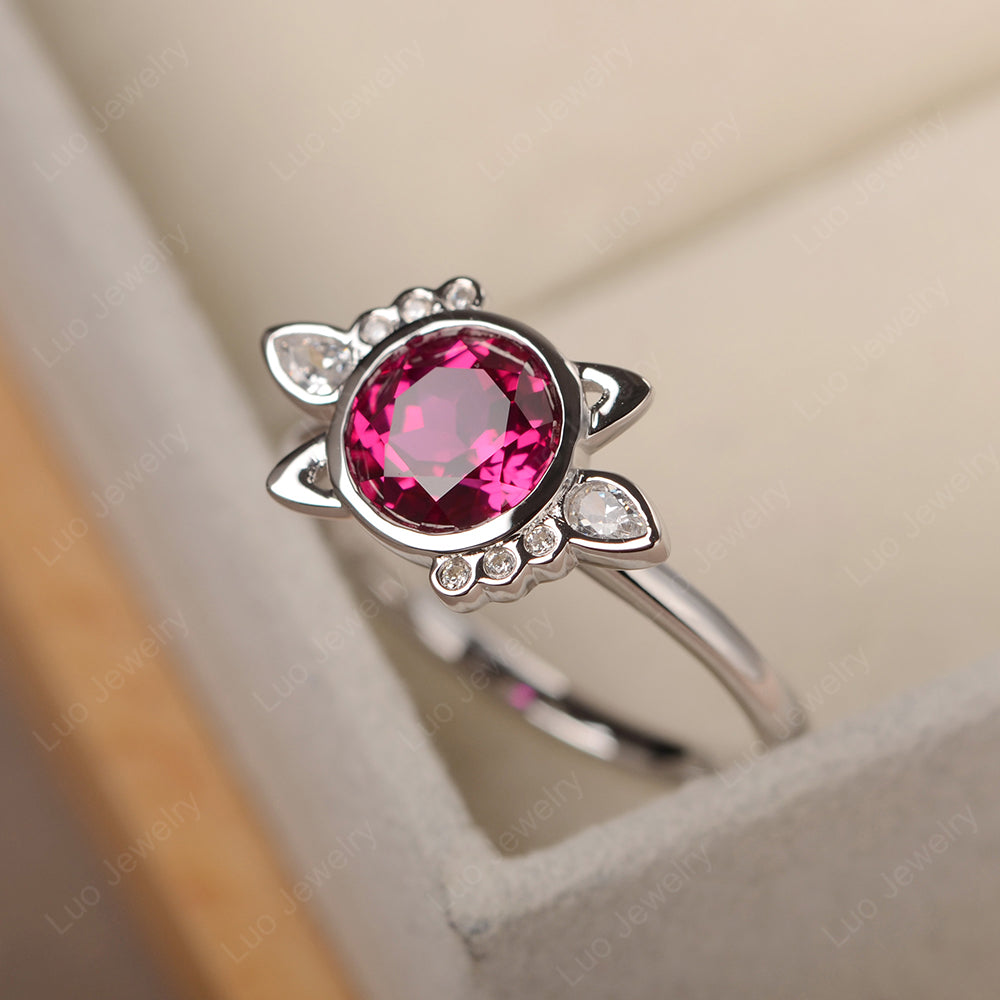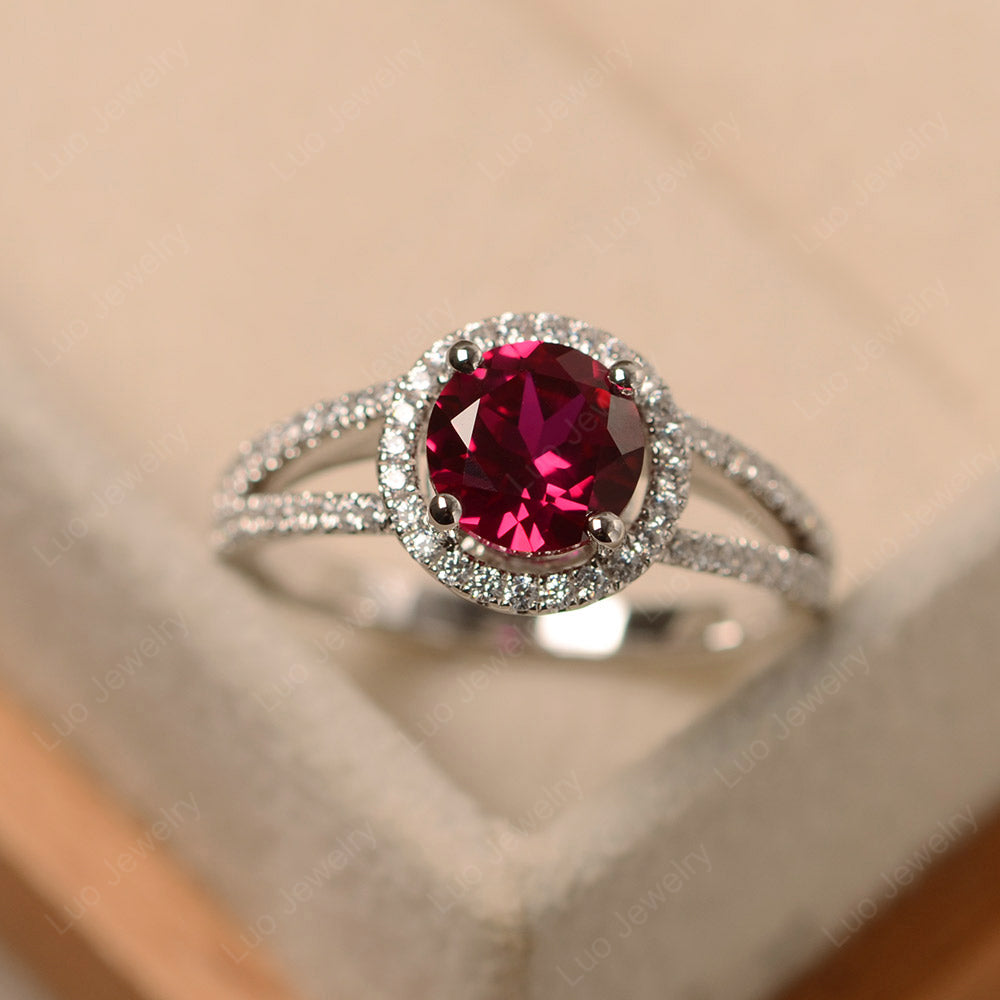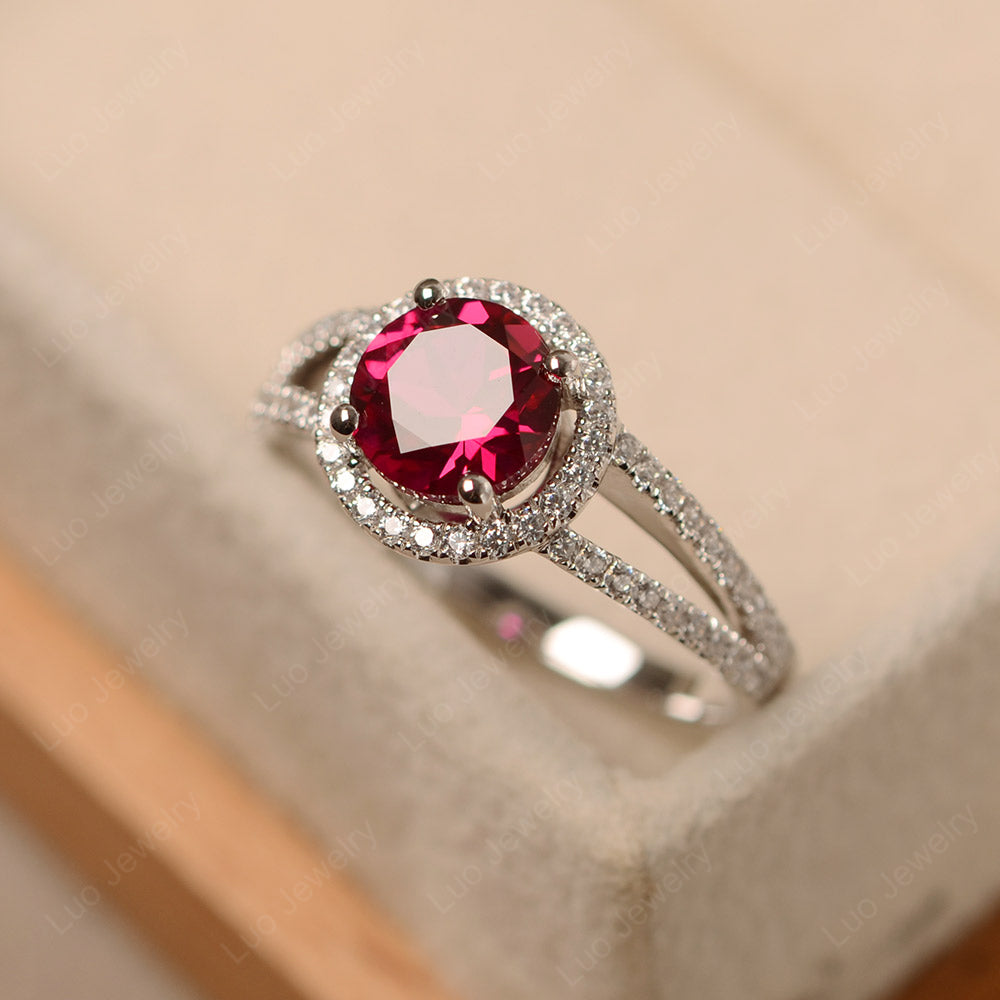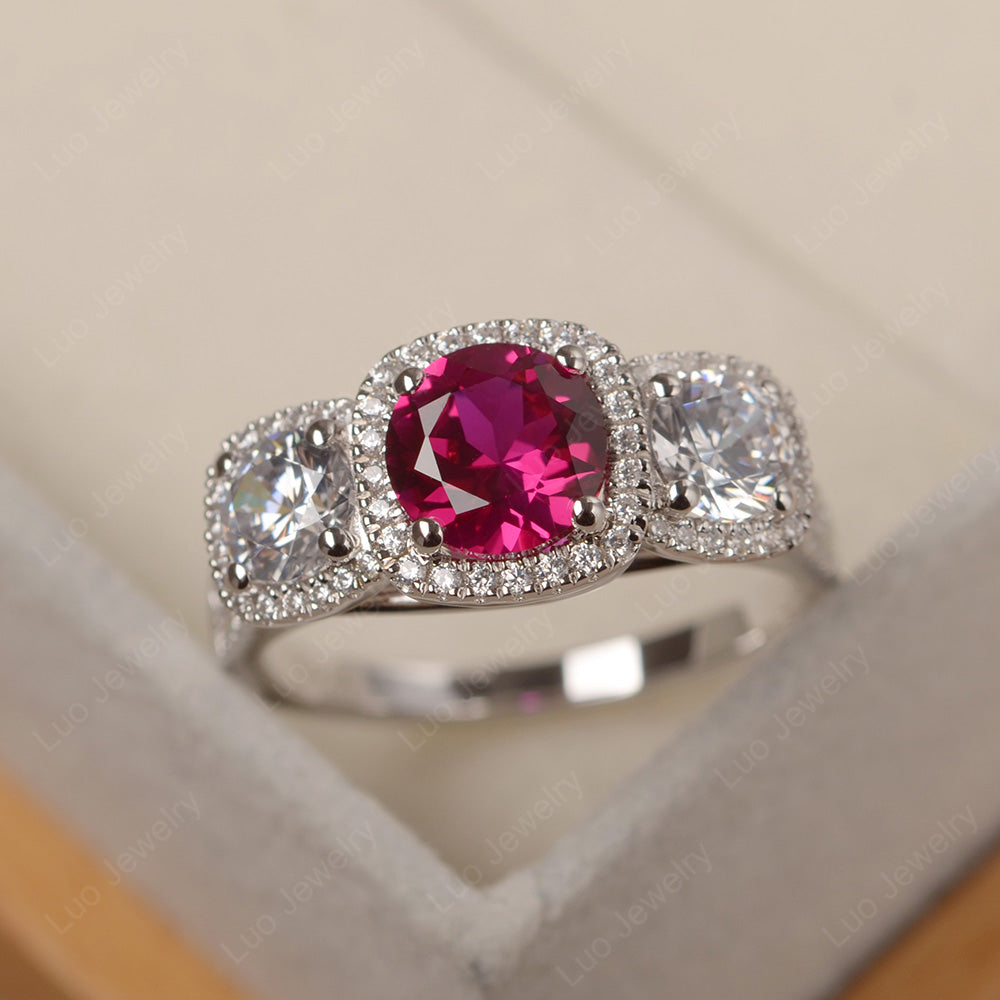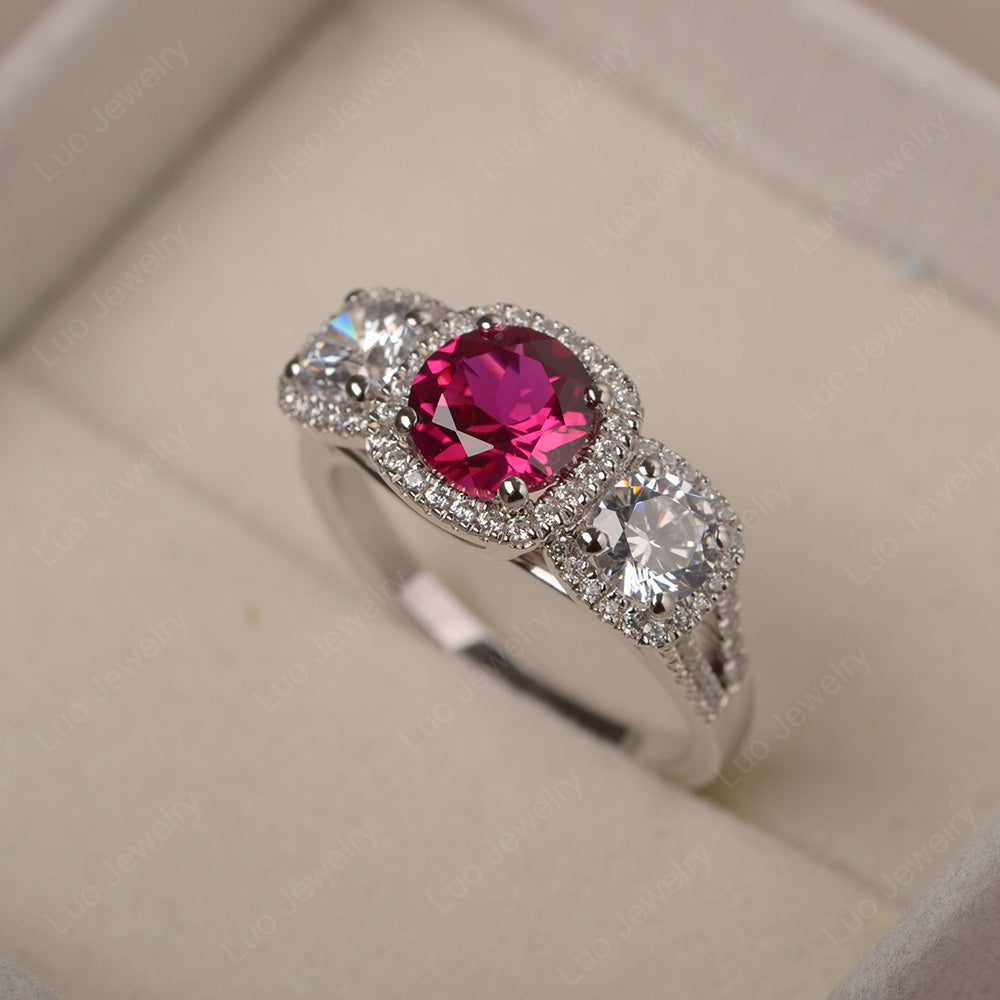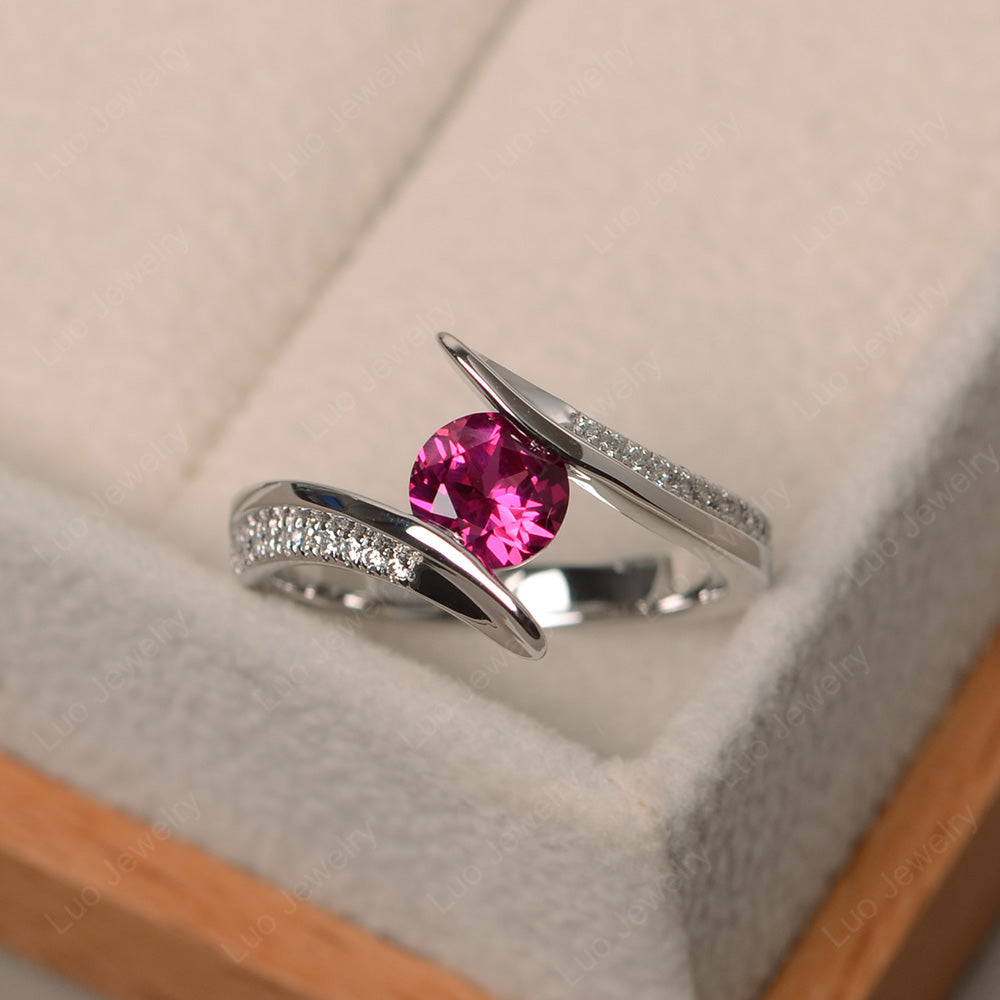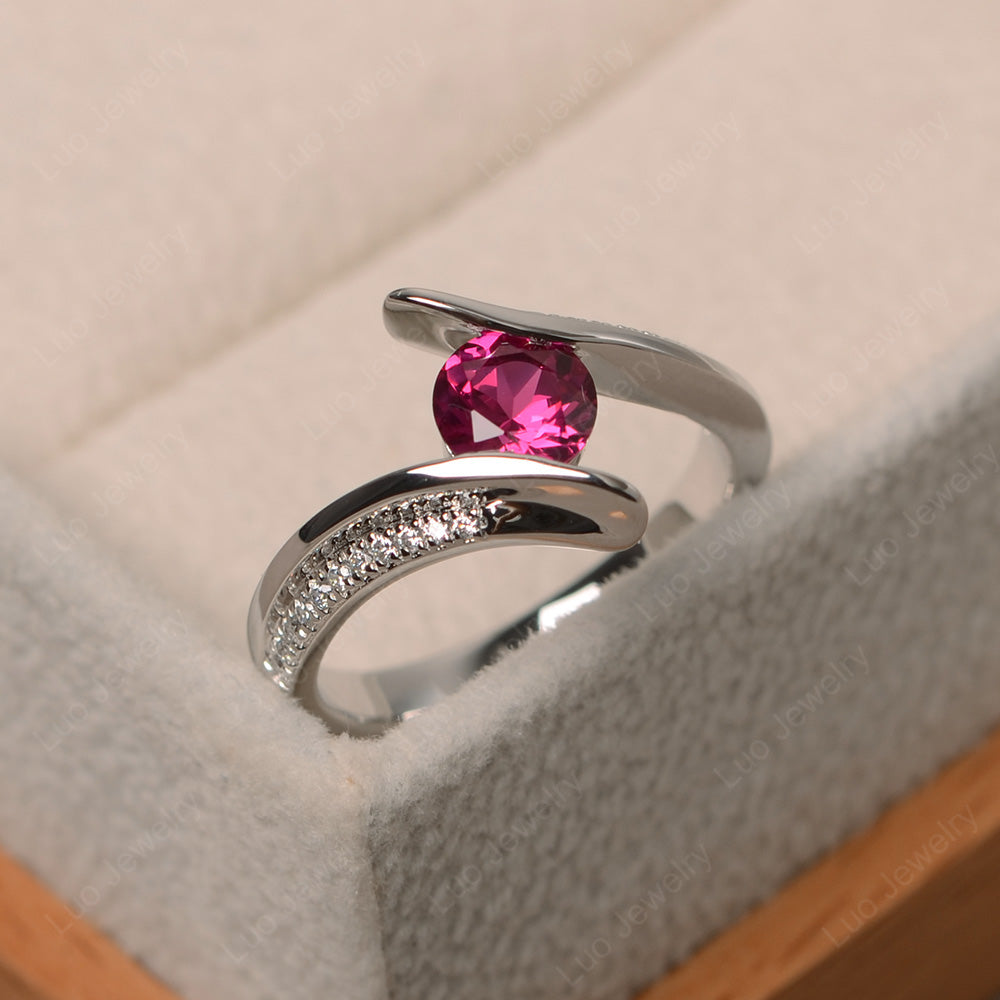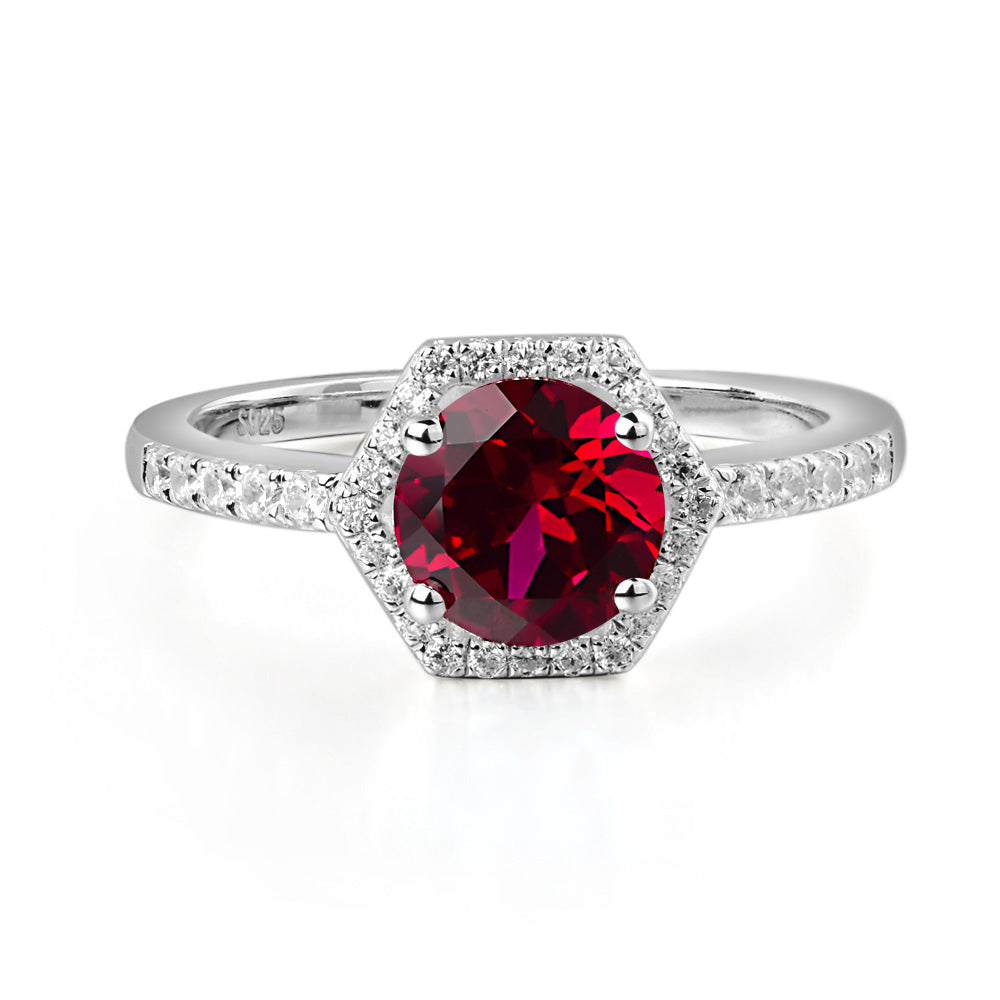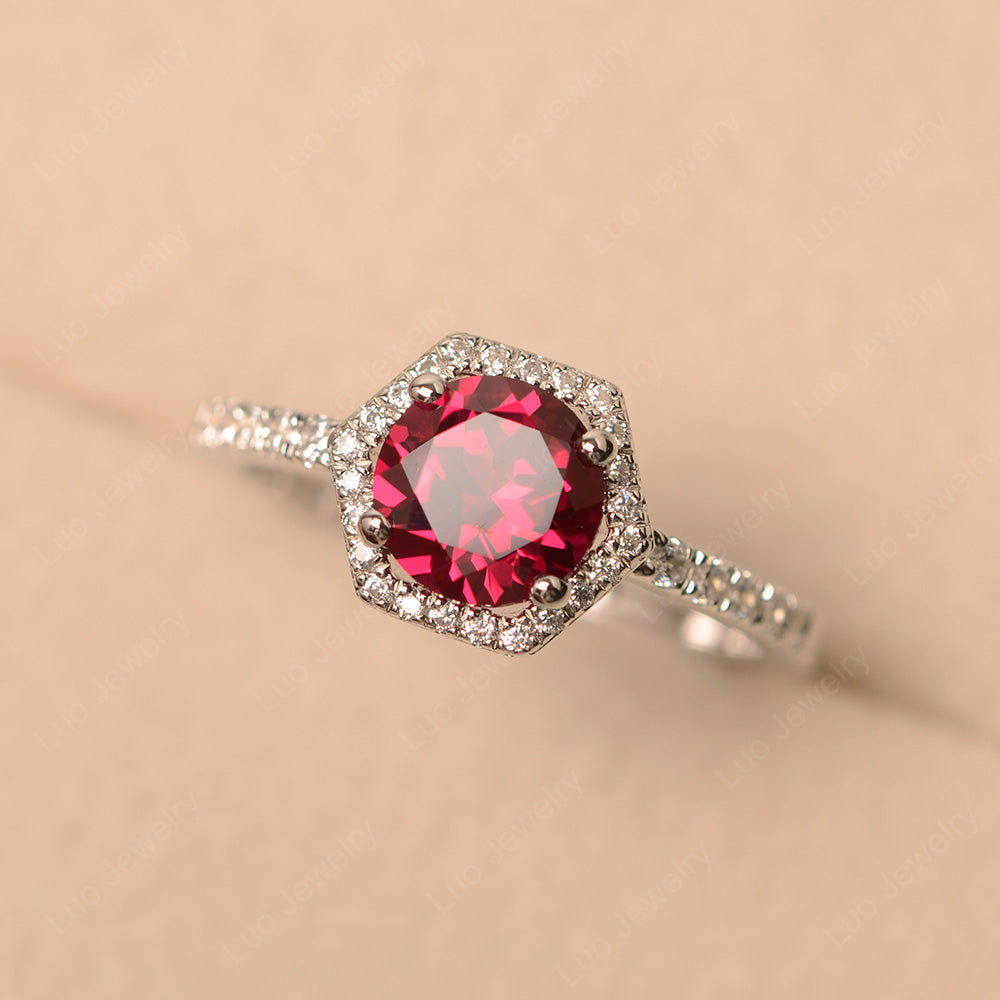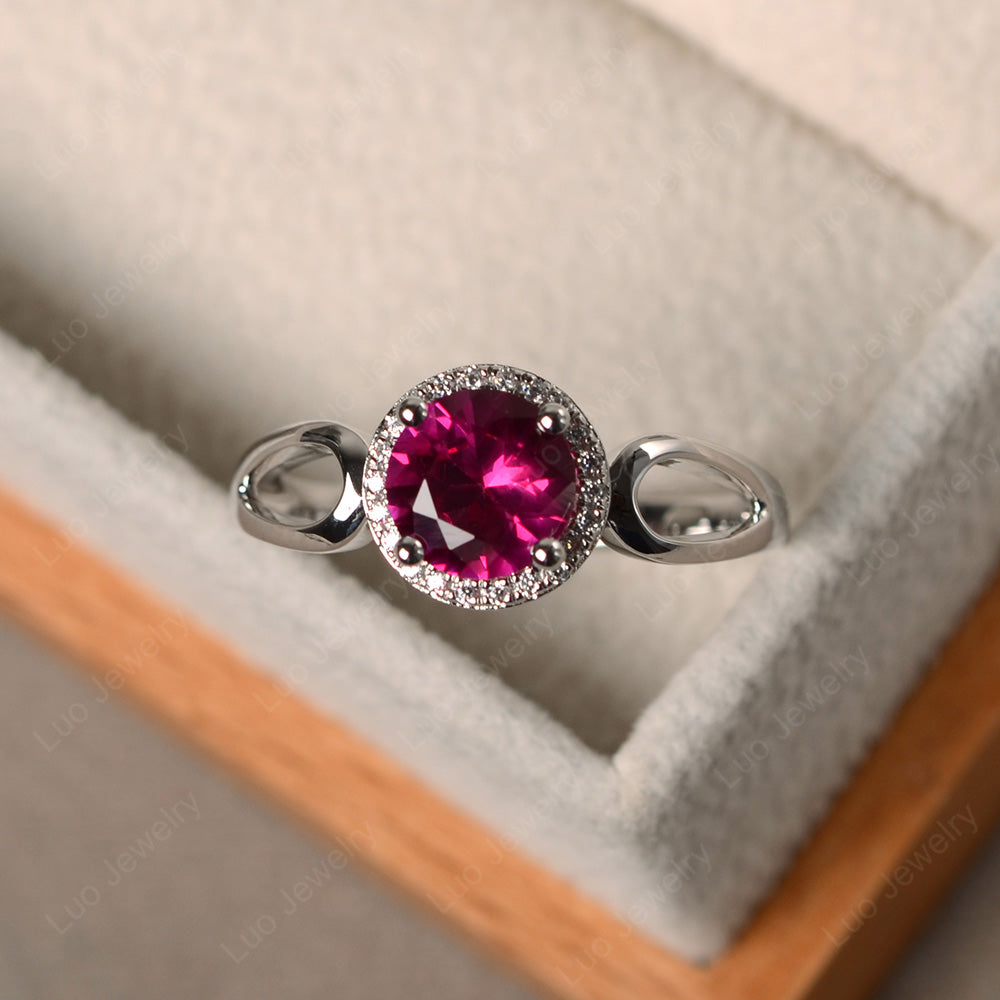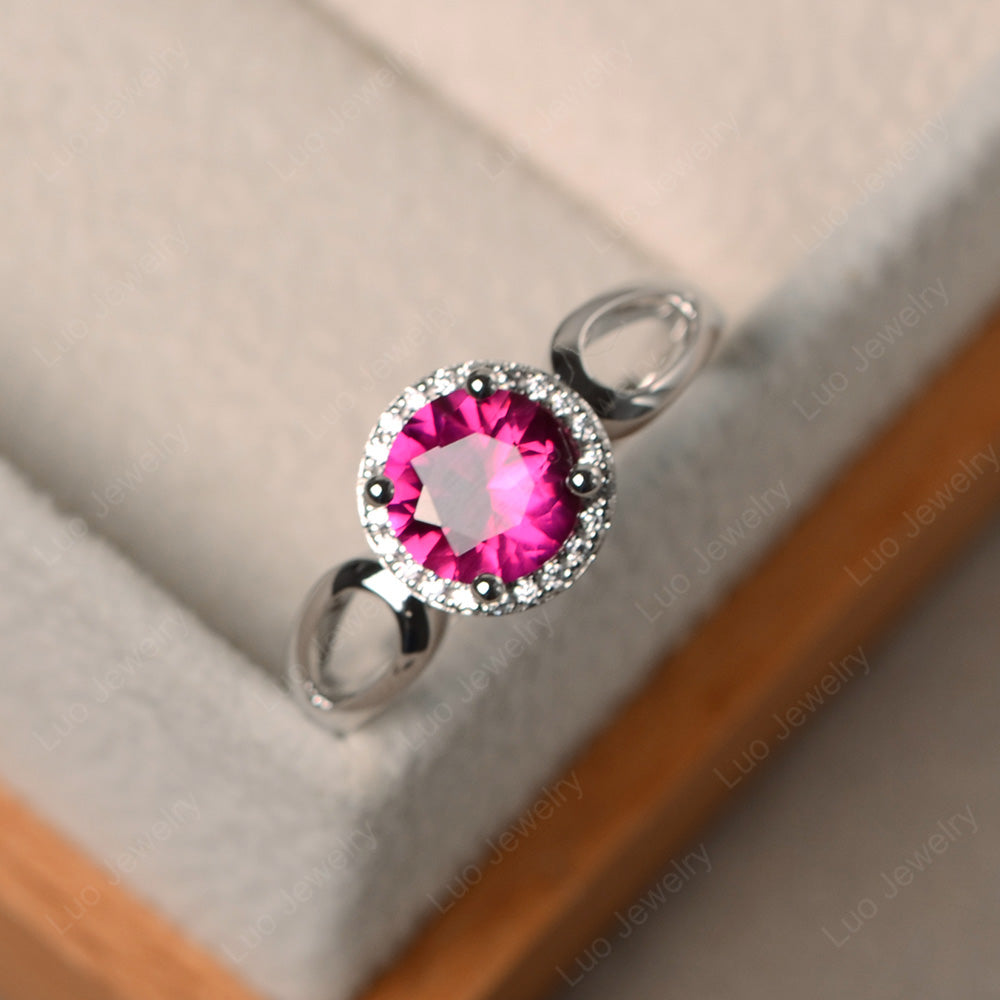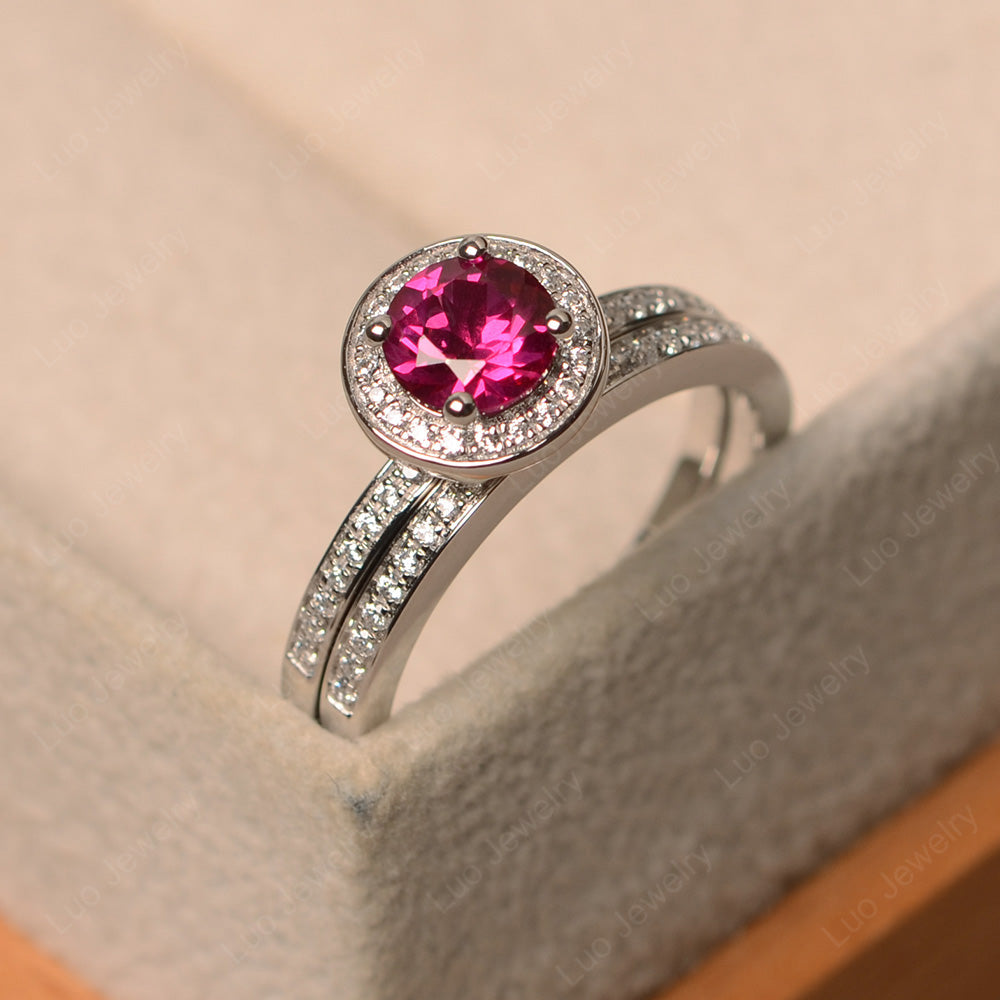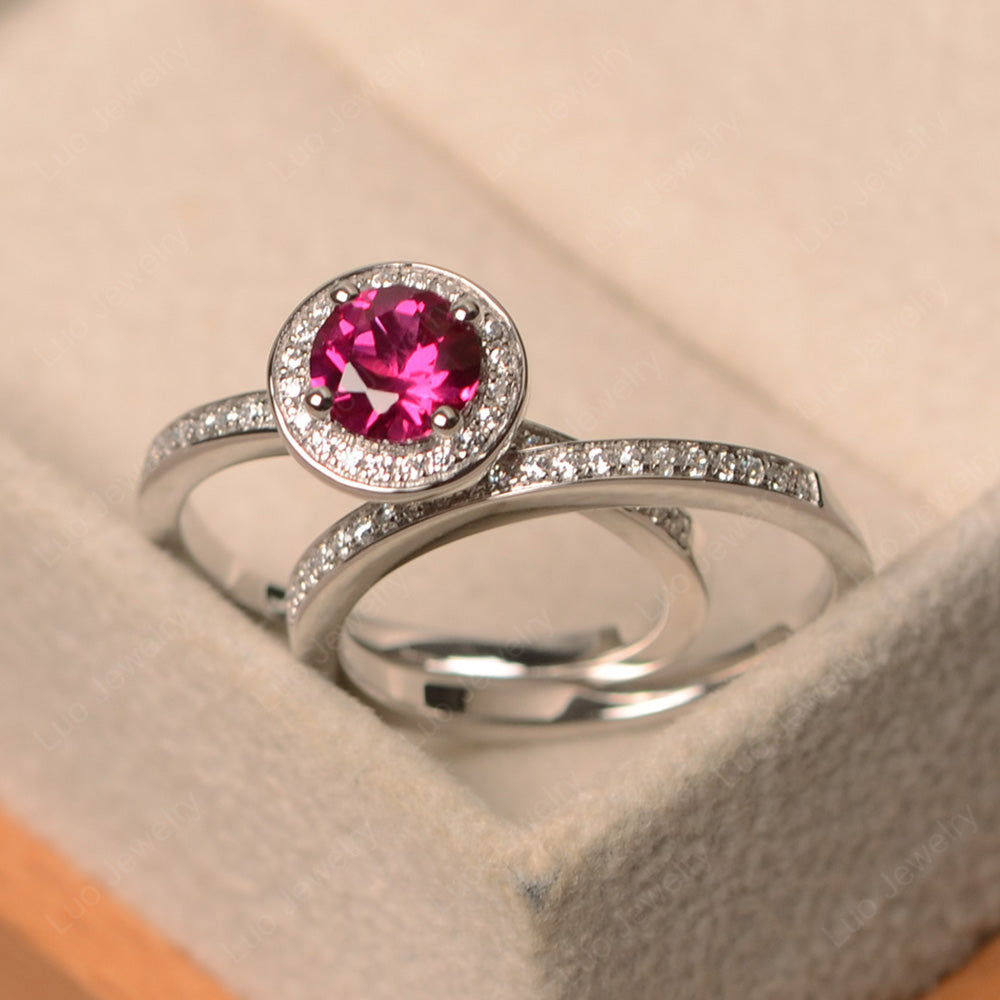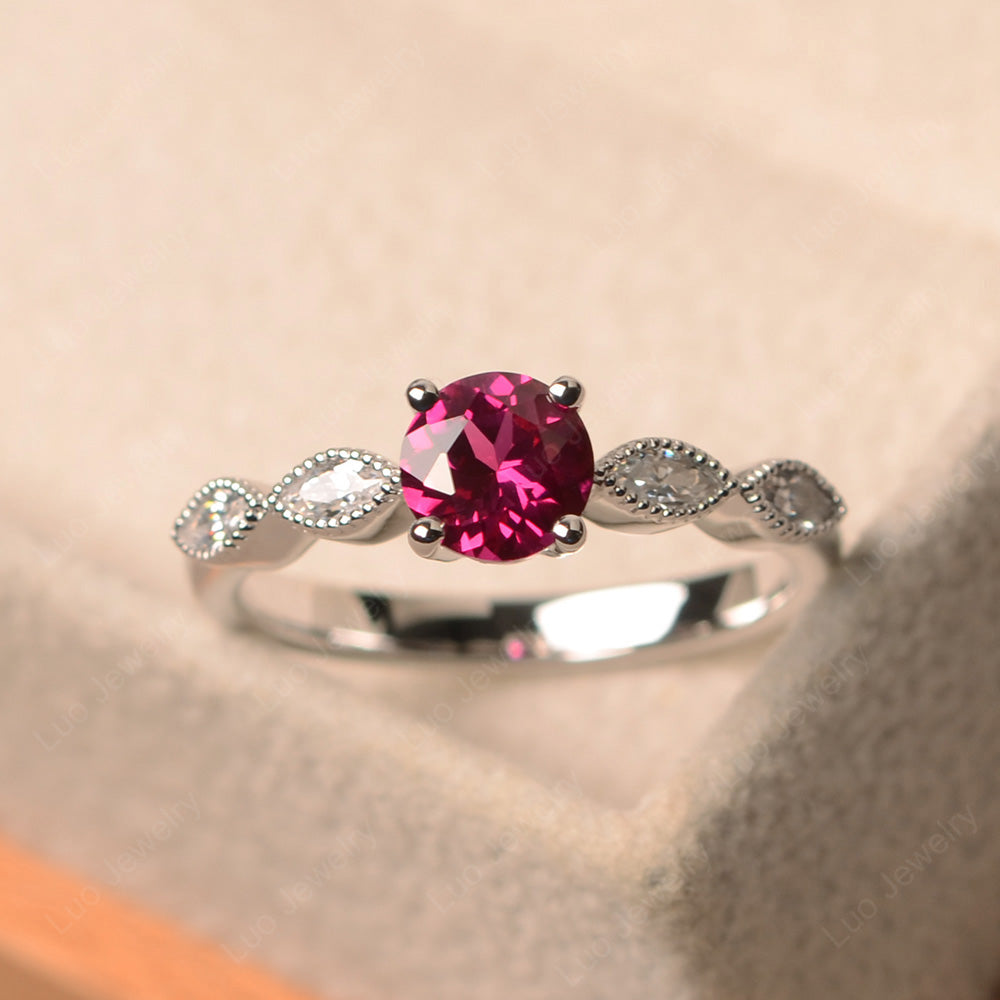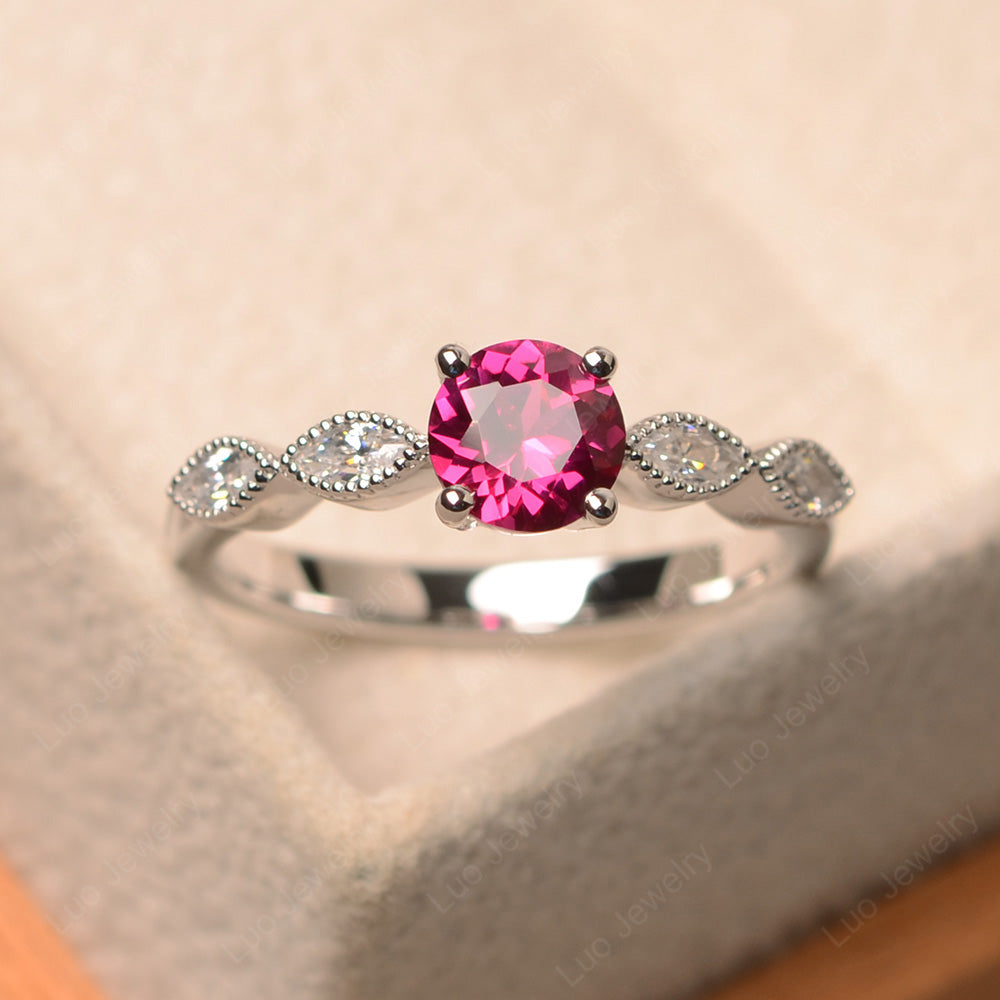Shop Rings by Gem
 Alexandrite
Alexandrite Amethyst
Amethyst Aquamarine
Aquamarine Black Rutilated Quartz
Black Rutilated Quartz Black Spinel
Black Spinel Cubic Zirconia
Cubic Zirconia Citrine
Citrine Garnet
Garnet Emerald
Emerald Lemon Quartz
Lemon Quartz London Blue Topaz
London Blue Topaz Green Amethyst
Green Amethyst Green Sapphire
Green Sapphire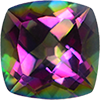 Mystic Topaz
Mystic Topaz Moonstone
Moonstone Moissanite
Moissanite Morganite
Morganite Moss Agate
Moss Agate Opal
Opal Peridot
Peridot Pink Sapphire
Pink Sapphire Rose Quartz
Rose Quartz Ruby
Ruby Sapphire
Sapphire Smoky Quartz
Smoky Quartz Swiss Blue Topaz
Swiss Blue Topaz White Topaz
White Topaz
Filters
Ruby Halo Flower Engagement Ring
Sale priceFrom $123.00
Ruby Openwork Ring
Sale priceFrom $101.00
V Shaped Ruby Solitaire Ring
Sale priceFrom $95.00
Unique Ruby Engagement Ring
Sale priceFrom $122.00
Vintage Style Ruby Bridal Rings Set
Sale priceFrom $217.00
Flame Inspired Ruby Solitaire Ring
Sale priceFrom $103.00
Ruby Half Bezel Engagement Ring
Sale priceFrom $108.00
Ruby Unique Solitaire Engagement Ring
Sale priceFrom $114.00
Ruby Solitaire Bezel Set Engagement Ring
Sale priceFrom $109.00
Ruby Starry Night Ring
Sale priceFrom $116.10
Regular price$129.00
Prince Rupert's Drop Ruby Ring
Sale priceFrom $117.00
Ruby Crown Ring
Sale priceFrom $121.00
Ruby 3 Stone Bezel Set Ring
Sale priceFrom $108.00
Ruby Lotus Setting Engagement Ring
Sale priceFrom $114.00
Ruby Ring Round Cut with Baguette Side
Sale priceFrom $108.00
Vintage Ruby Ring Bezel Set Art Deco
Sale priceFrom $110.00
Ruby Three Stone Milgrain Ring
Sale priceFrom $106.00
Dainty Ruby Engagement Ring
Sale priceFrom $91.00
Ruby Solitaire Wide Band Ring
Sale priceFrom $109.00
Ruby Evil Eye Ring
Sale priceFrom $124.00
Ruby Twist Ring
Sale priceFrom $85.50
Regular price$95.00
Saturn Style Ruby Engagement Ring
Sale priceFrom $128.00
Round Ruby Halo Split Shank Ring
Sale priceFrom $132.00
Ruby Bezel Solitaire Decagon Ring
Sale priceFrom $107.00
Ruby Three Stone Halo Engagement Ring
Sale priceFrom $164.00
Tension Set Ruby Ring
Sale priceFrom $122.00
Ruby Hexagon Halo Engagement Ring
Sale priceFrom $122.00
Ruby Halo Engagement Ring Split Shank
Sale priceFrom $120.00
Round Cut Ruby Halo Bridal Set Ring
Sale priceFrom $207.00
Ruby Milgrain Vintage Inspired Ring
Sale priceFrom $109.80
Regular price$122.00

